Tinker Crate is a subscription box that inspires kids to learn about science, engineering, and technology, all while having lots of fun. Each month, the box explores a field of study within a STEM (Science, Technology, Engineering, and Math) discipline. Kids practice their problem-solving skills and learn how to engage in both structured and open-ended exploration and investigation. Most boxes walk the tinkerers through the construction of fairly complex mechanical devices.
DEAL: Use this link to save 30% on your first box of Tinker Crate! (or Kiwi Crate and the KiwiCo family subscriptions Koala Crate, Tadpole Crate, Atlas Crate, Doodle Crate, and Eureka Crate).
This month, we are building our own MOTOR.
Everything arrives together in a single Tinker Crate – the supplies, a fold-out instruction sheet, and the Tinker Zine.
Tinker Zine
The main project is always a great hands-on activity and a great demonstration of the scientific principles featured in the box, but the Tinker Zine is full of well-written, historically and scientifically accurate background and explanatory materials. This where the lessons really take shape!
This month’s Tinker Zine discusses motors, how it works, its different kinds, and many more!
The Tinker Zine is a superb resource for clearly articulated explanations of its mechanical and electronic concepts. They always incorporate diagrams and several real-life examples to illustrate the lessons.
My son was so excited, he immediately worked on the simplest motor featured on this part of the booklet.
This motor mainly consists of a disc magnet, AA battery, and magnet wire.
This booklet also discusses the lines of force!
Here is another activity showing how a simple motor can make staple wire dance. Featured on the other side is a brief explanation of how a magnetic field works for planet Earth!
On the following pages are more suggested experiments to further understand the magnetic field. It also shows how magnets affect motors.
We even received a step by step instruction in building an electromagnet.
The story of Michael Faraday, an English scientist who contributed to the study of electromagnetism and electrochemistry, was presented in a comic-like layout which made it more interesting for the kids.
My son had fun reading the story!
Tinker Crate Blueprint + Materials
The instructions and other essential project information are printed on a faux blueprint fold-out sheet.
If your motor isn’t moving as projected, these troubleshooting tips may help you to solve the problem.
Of course, it also includes a list of all the materials included in the crate.
Tinker Crate Activities
For this activity, the crate provided stand pieces, magnet wire, spool and spool holders, sticky foam, battery pack, AA batteries, copper strips and bands, and black stickers.
The instruction sheet has a lot of explanatory notes, and they highlight or bold important and technical areas.
The first step for this project is to build up the base. For this, we used the side, bottom, brace, top piece, and the sticky foams.
Here, my son sticks down the foam pieces above each of the wooden notches.
Once all the foams are stuck on the wooden pieces, gently slide the pieces apart and fit them accordingly.
For winding up the spool and assembling the motor, we used the magnet wire, spool, copper bands, black sticker, AA batteries, battery pack, and disc magnet.
According to the brochure, it’s ok if you’ll lose the count, just make sure that the wires are tightly winded.
The brochure also had highlighted some important things that should be carefully noted.
My son made sure that the wires are winded tightly before carefully cutting it off.
The final part is assembling the motor which involves the completed base, the completed spool, the battery and battery pack, spool holder, and magnet.
We placed the battery pack together with the battery inside the base and then connected it using the copper strips and alligator clip.
Reminder: Make sure that you don’t peel off the backing, just place or stick it down.
After locking-up the alligator clip on both sides, it’s time to install the spool holder by sliding it onto each arm of the spool and pushing the holder down into the slots next to the copper strips.
Also included in the kit are 6 different Tinker tokens.
Each token features a cute image, including a magnet, a castle, a knight, a kid superhero, a light bulb, and a space vehicle.
These tokens are custom-made to fit in the middle of the spool.
The spool should be set correctly and the copper bands are placed pretty far enough but would still touch the copper strips.
If the wire still hit the base, remove the spool and wind them a little tighter.
Once everything is properly placed, start sliding the disc magnet into the slot right behind the spool.
Before turning it on, give the spool a spin with your finger, make sure it can rotate completely without catching on anything.
Feature on this part of the booklet are more samples of spinning sculptures, and simple tips and tricks to make it go faster.
Here is how the motor should move once it is turned on. The spool should start to spin faster on its own.
Tinker Crate Extensions
The Zine also provided more ways to tinker via the Tinker Library, where they suggest related literature for this month’s topic: Energy Lab for Kids and The Attractive Story of Magnetism with Max Axiom, Super Scientist.
Tinker Crate has delivered another fun-filled activity this month and I’m really impressed by how they come up with challenging activities that enhance the kids’ imagination, analysis, and creativity. The preparation of the motor was quite long and very detailed, but seeing my kids enjoying while working on it made everything truly worth it. I also appreciate that all the items are already provided and that the brochure made the project a lot easier and less complicated. If you are looking for an activity that will further develop your kids especially in the STEM area, this is the perfect subscription to try!
Have you tried Tinker Crate yet with your kids?
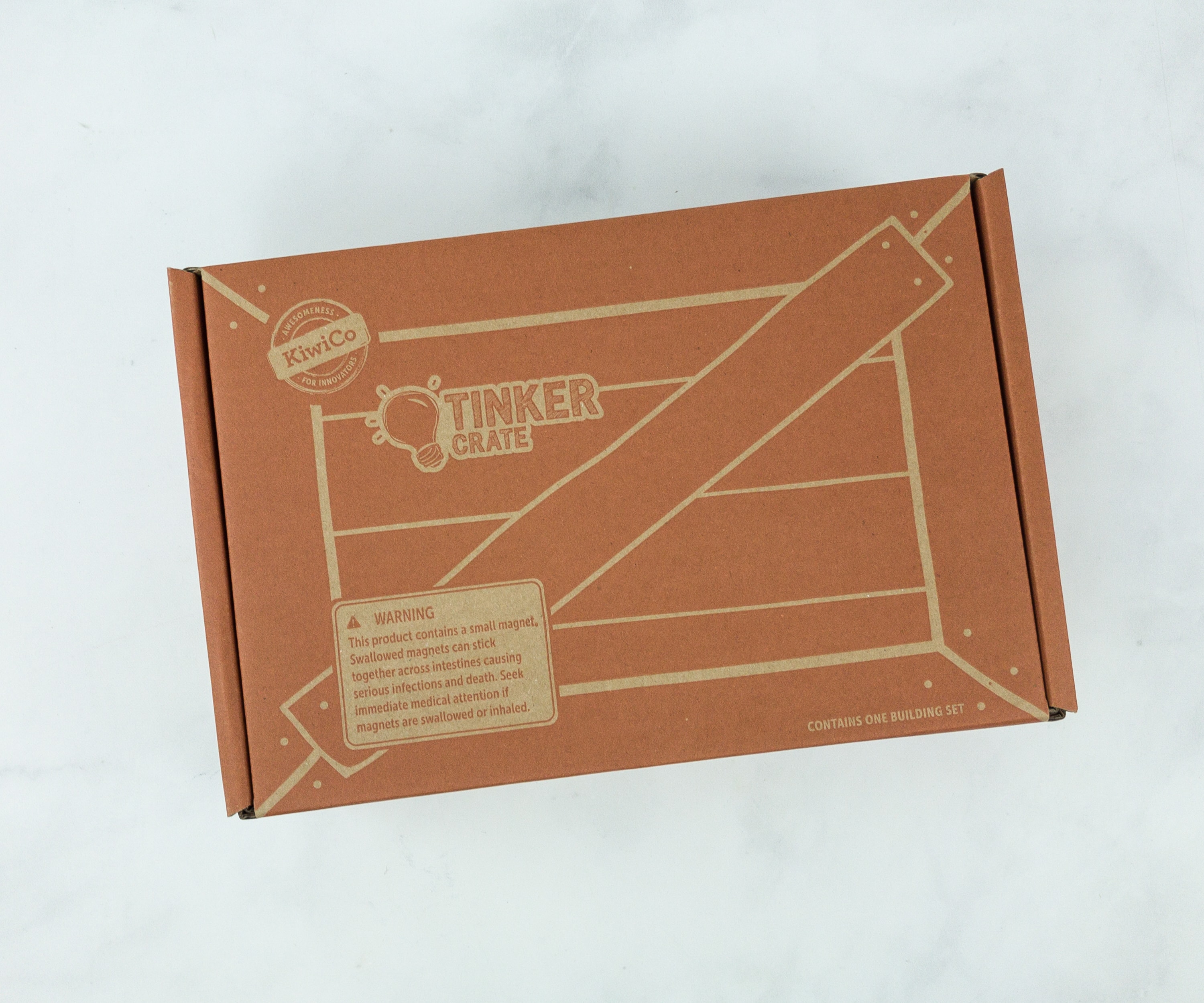
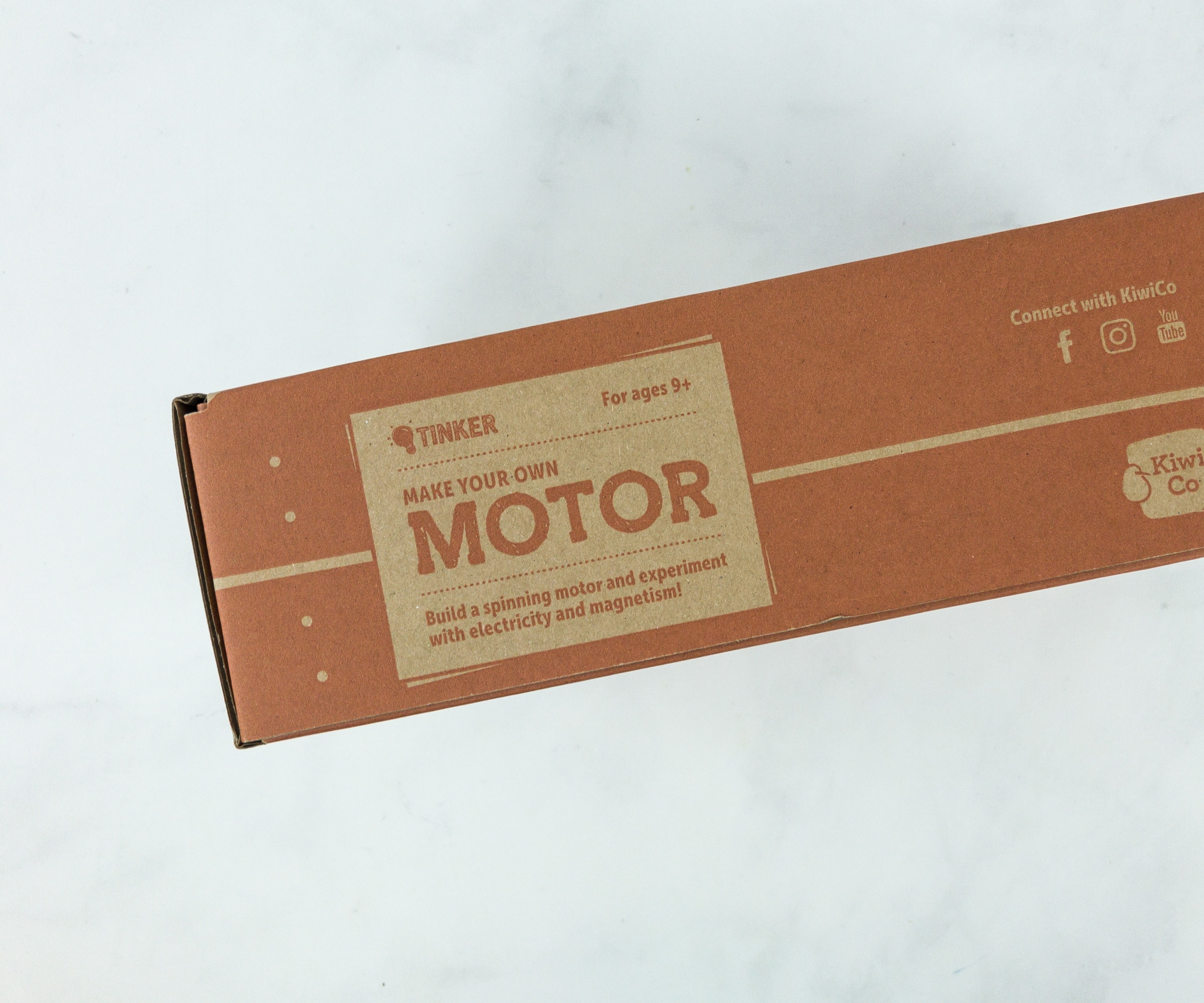
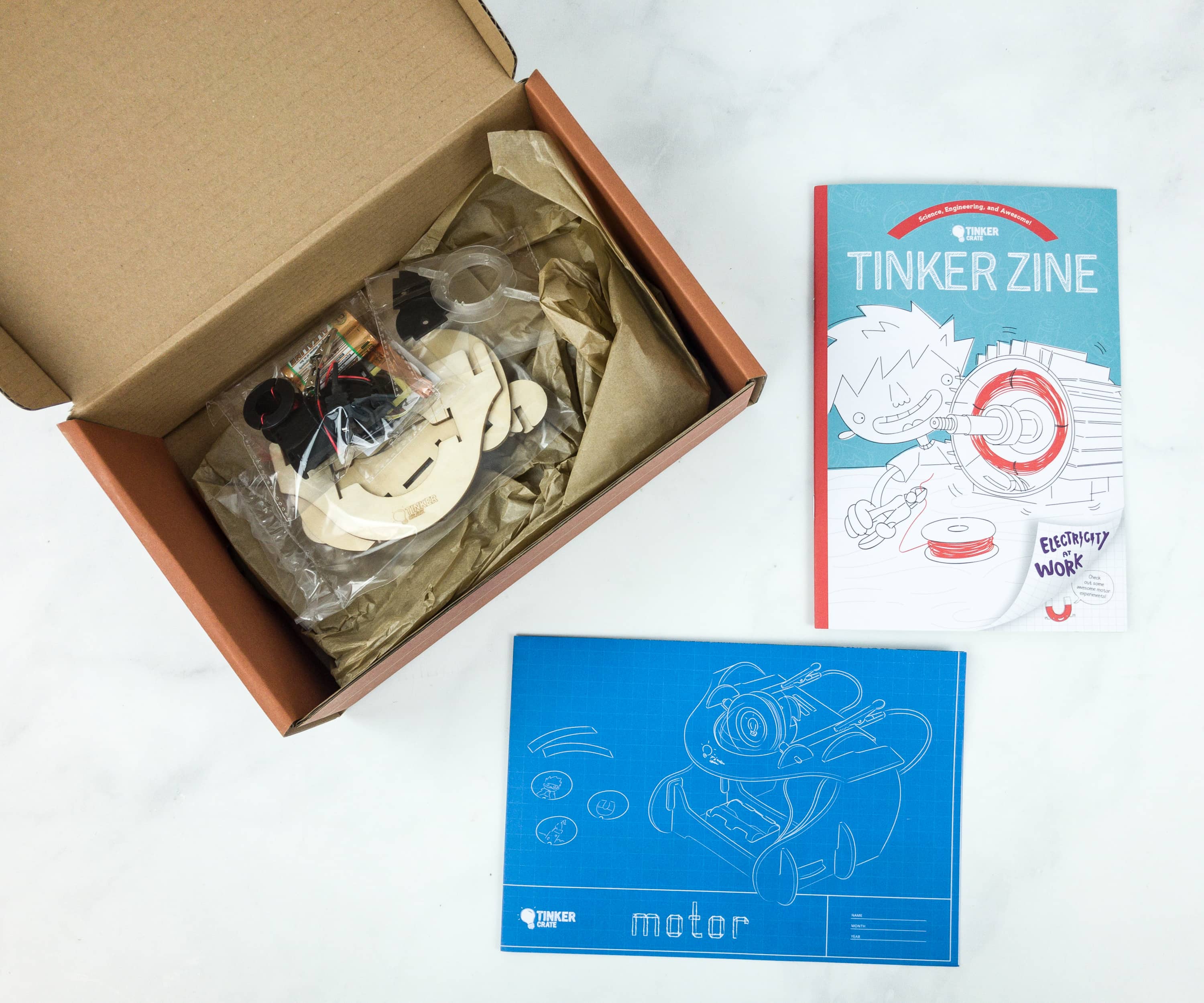

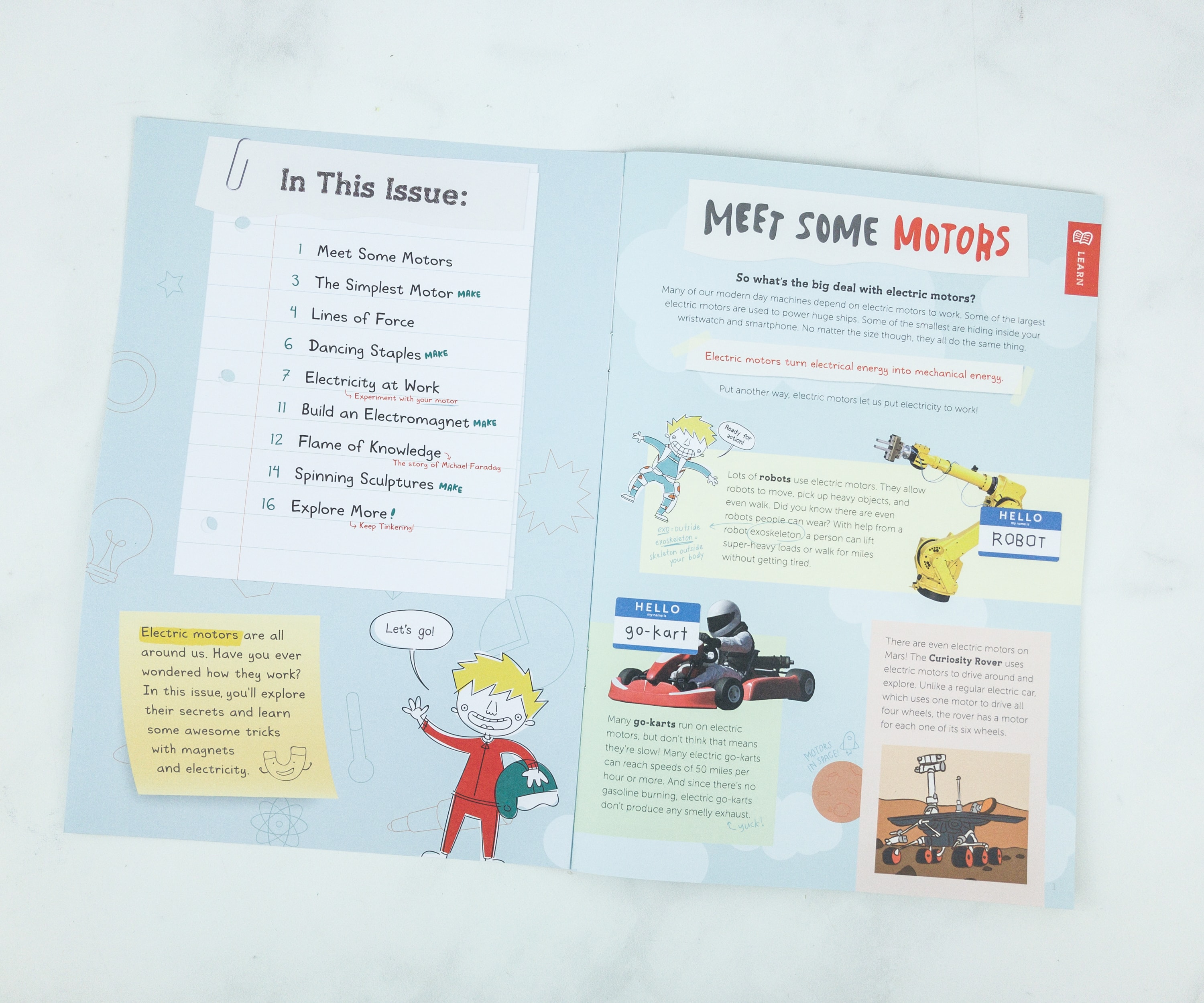
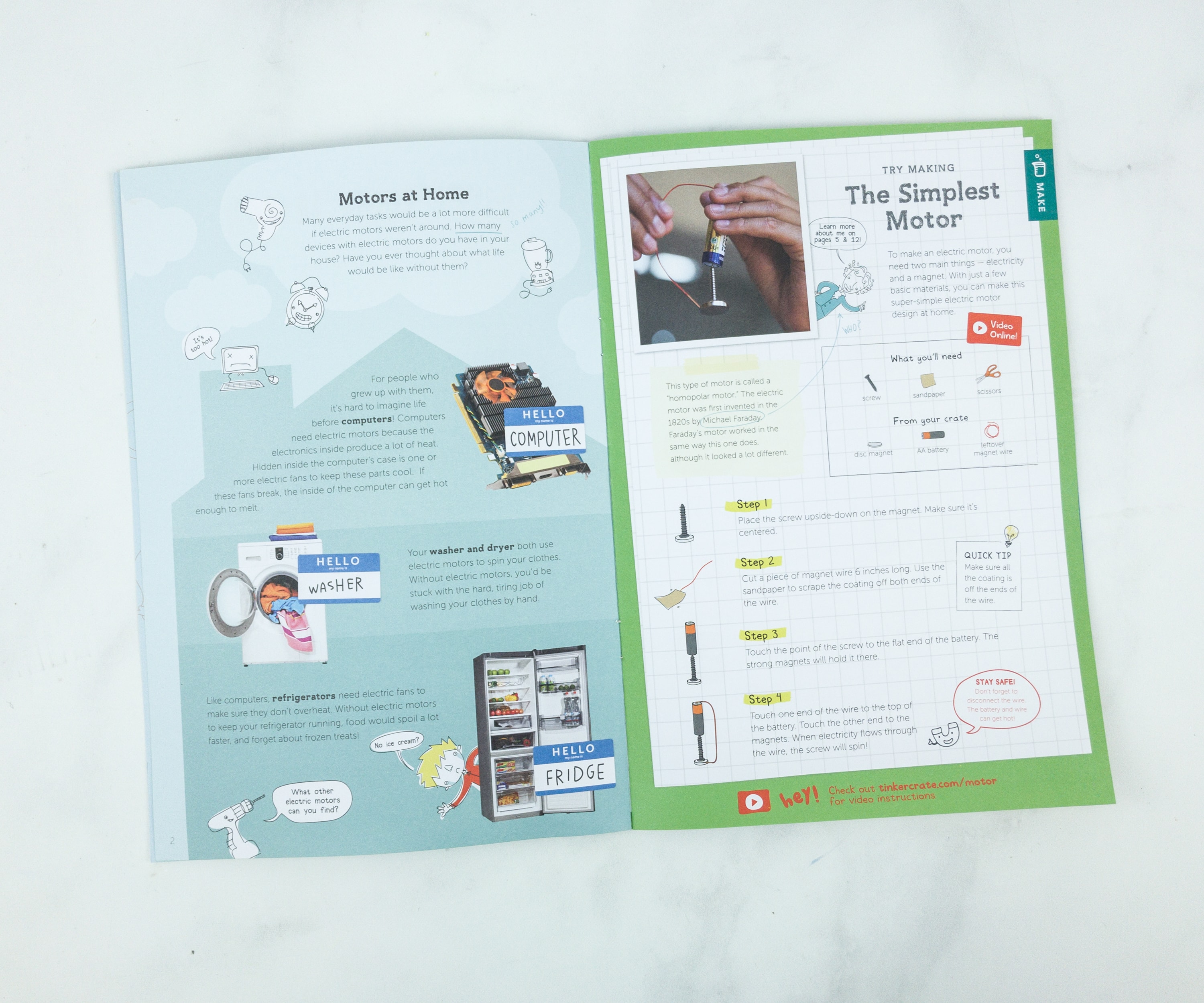
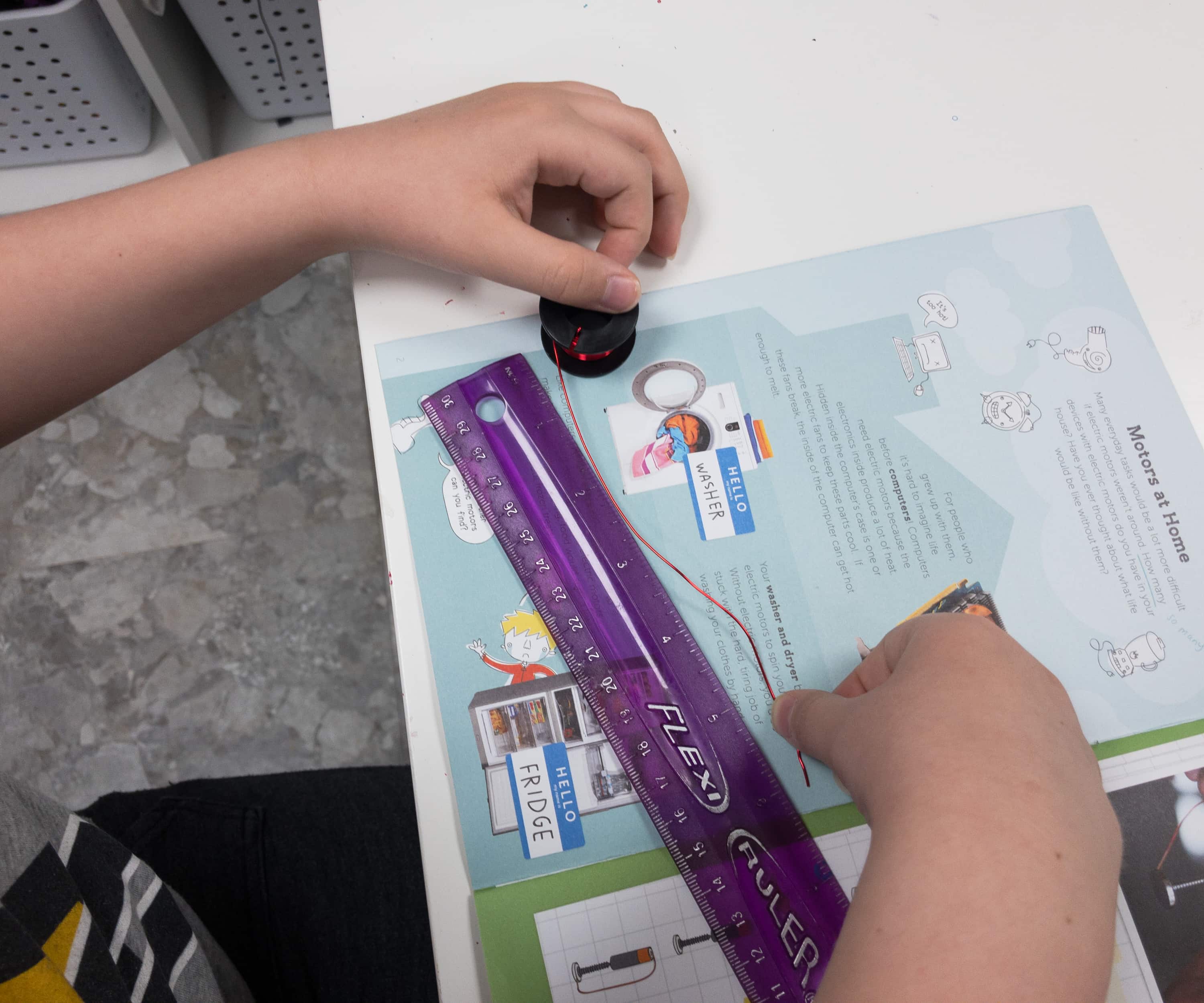
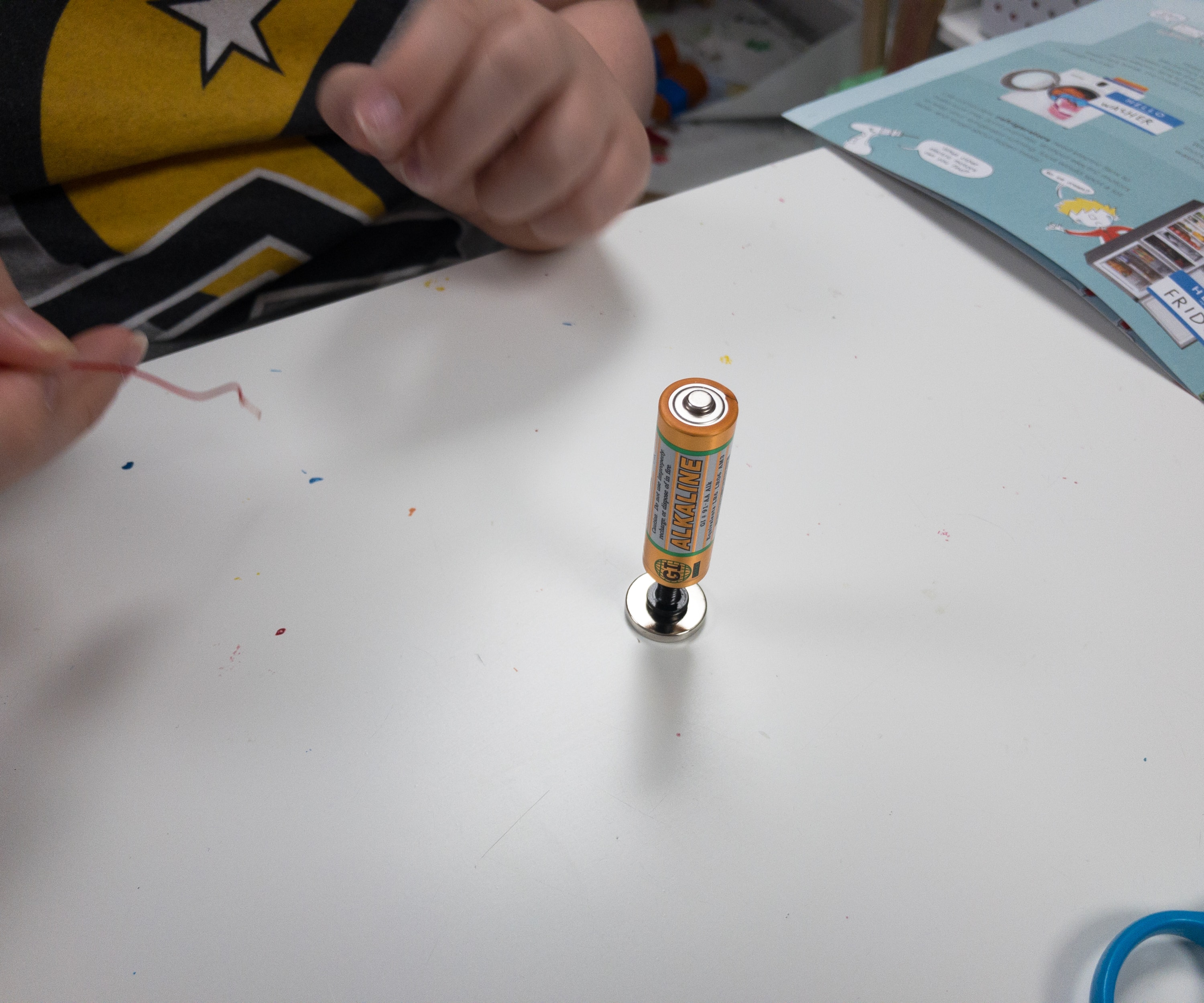
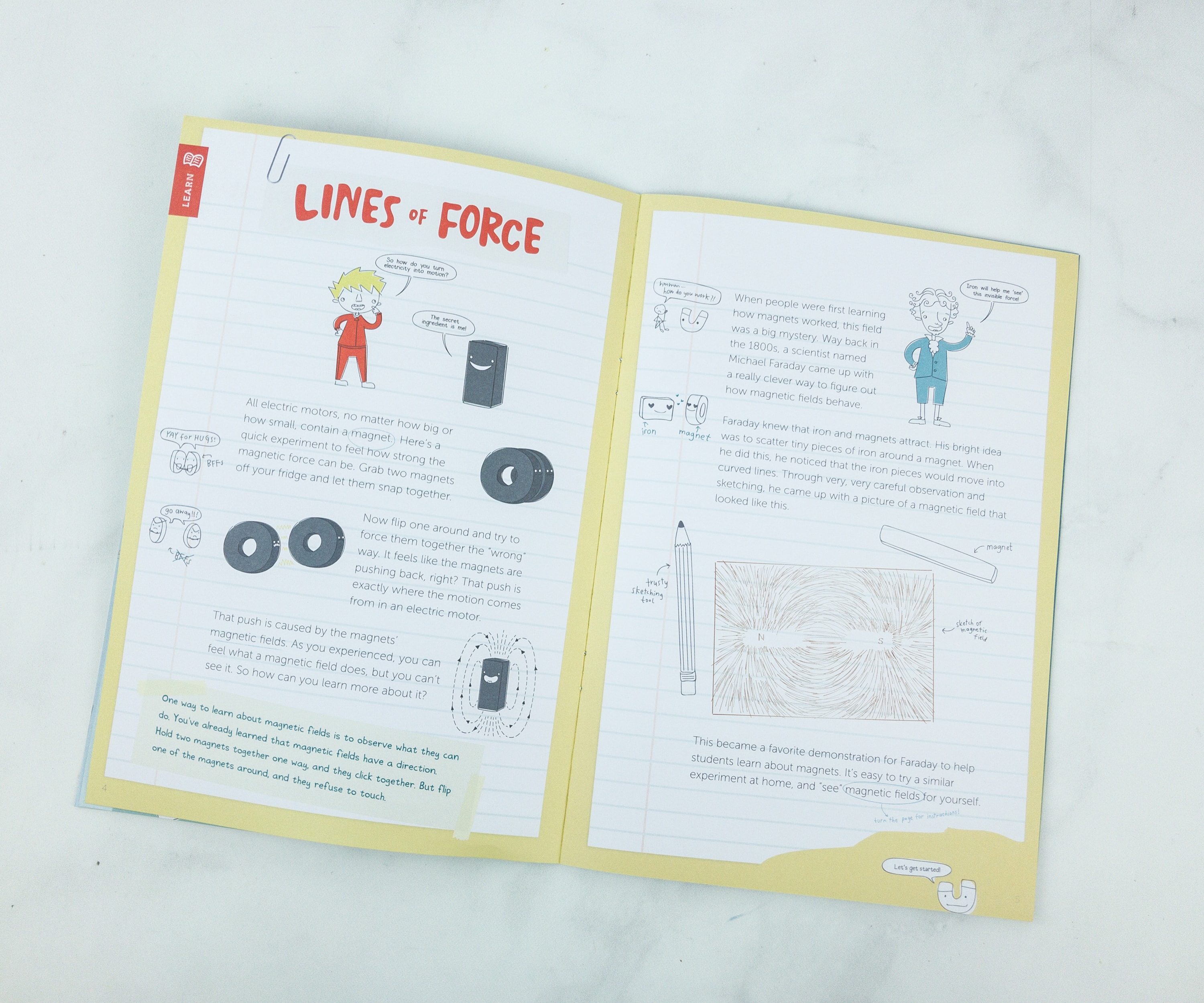
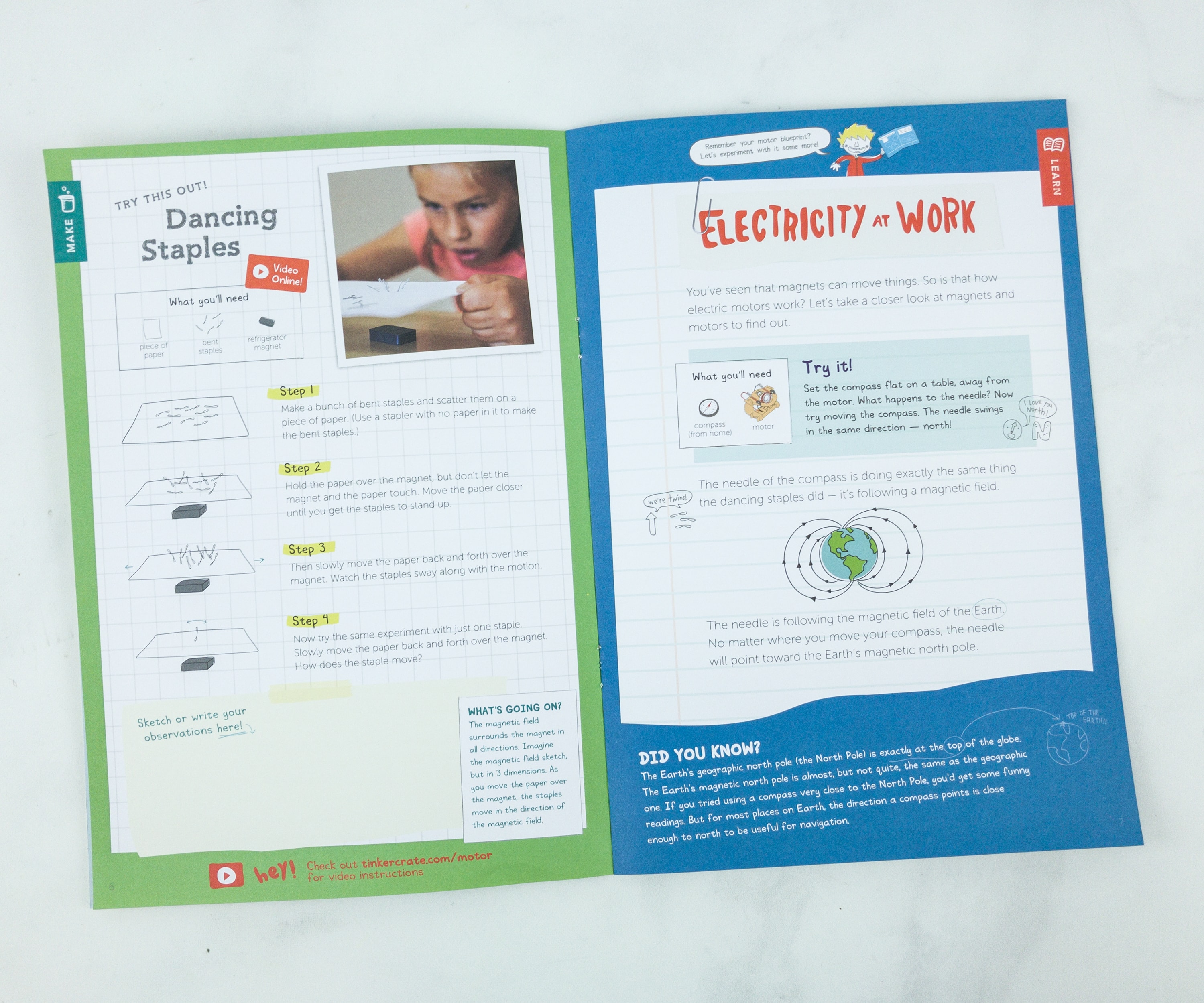
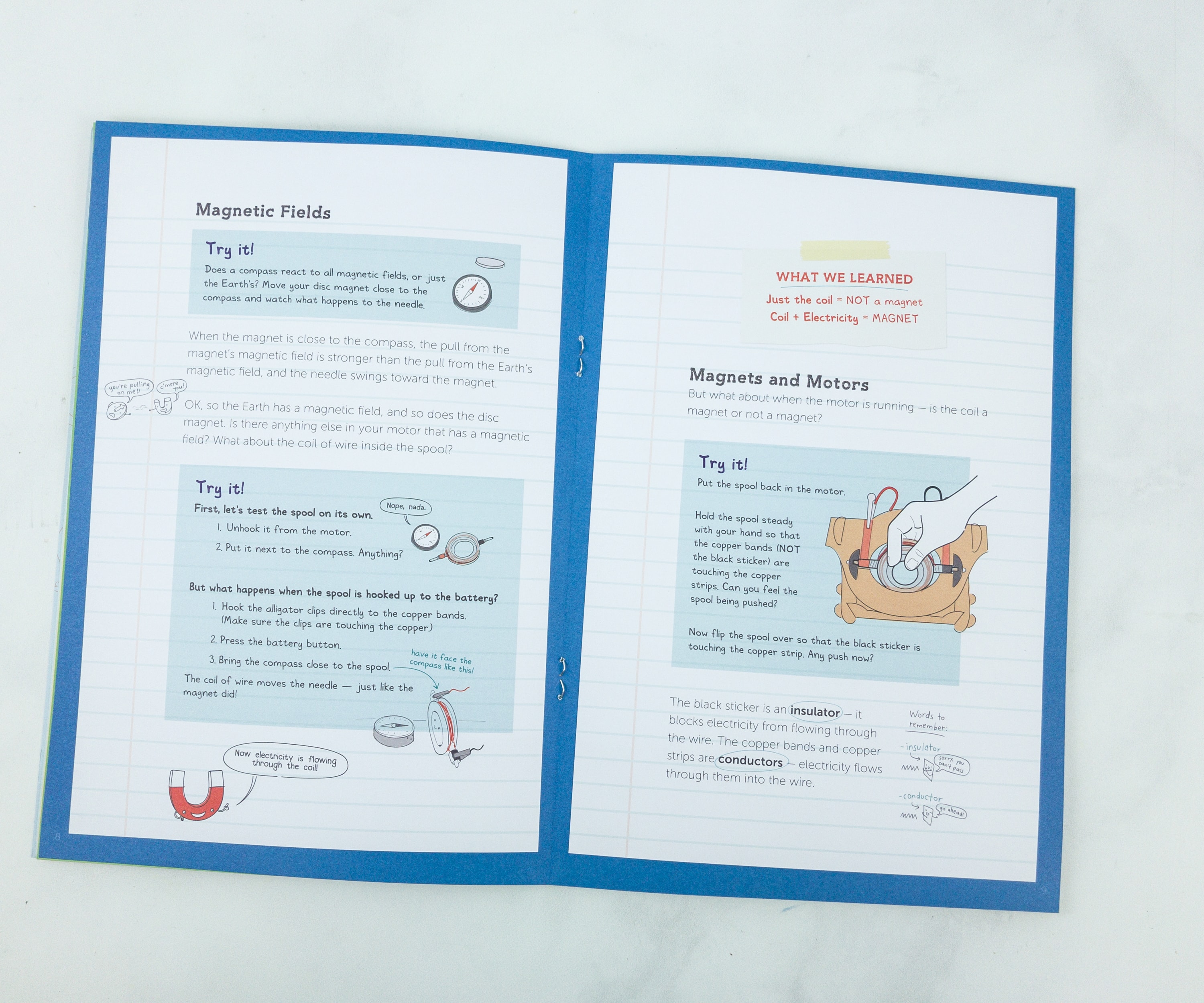
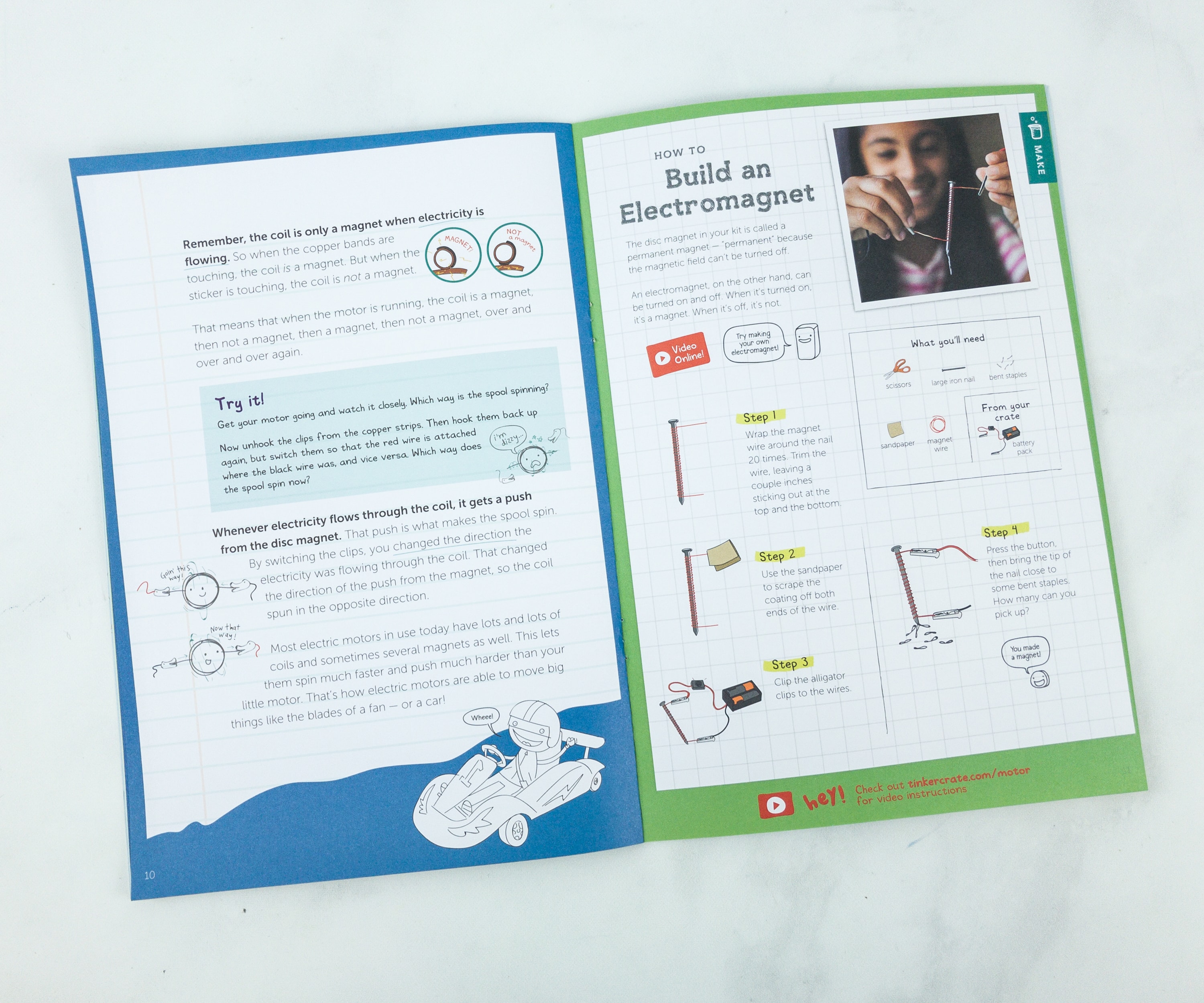
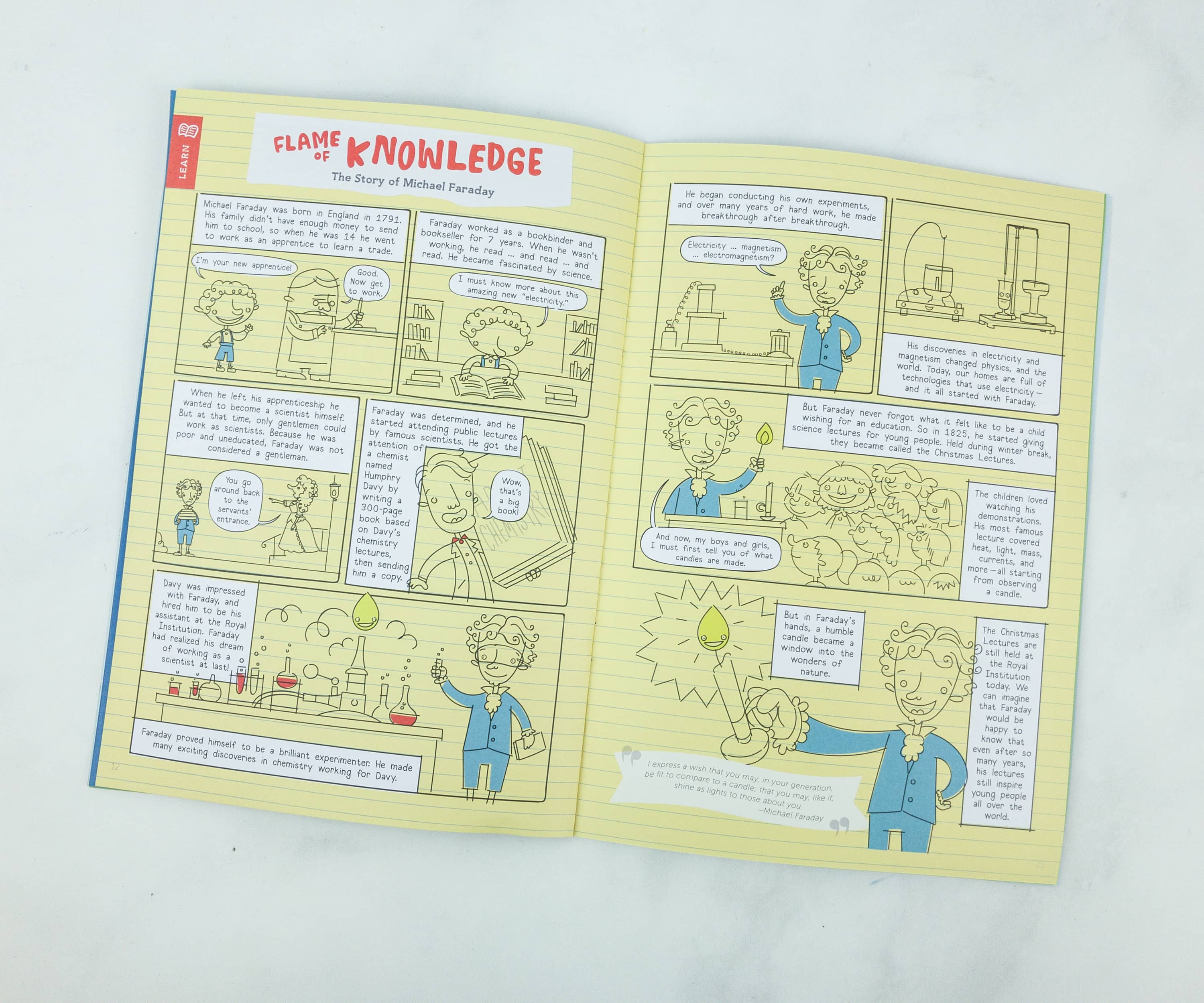

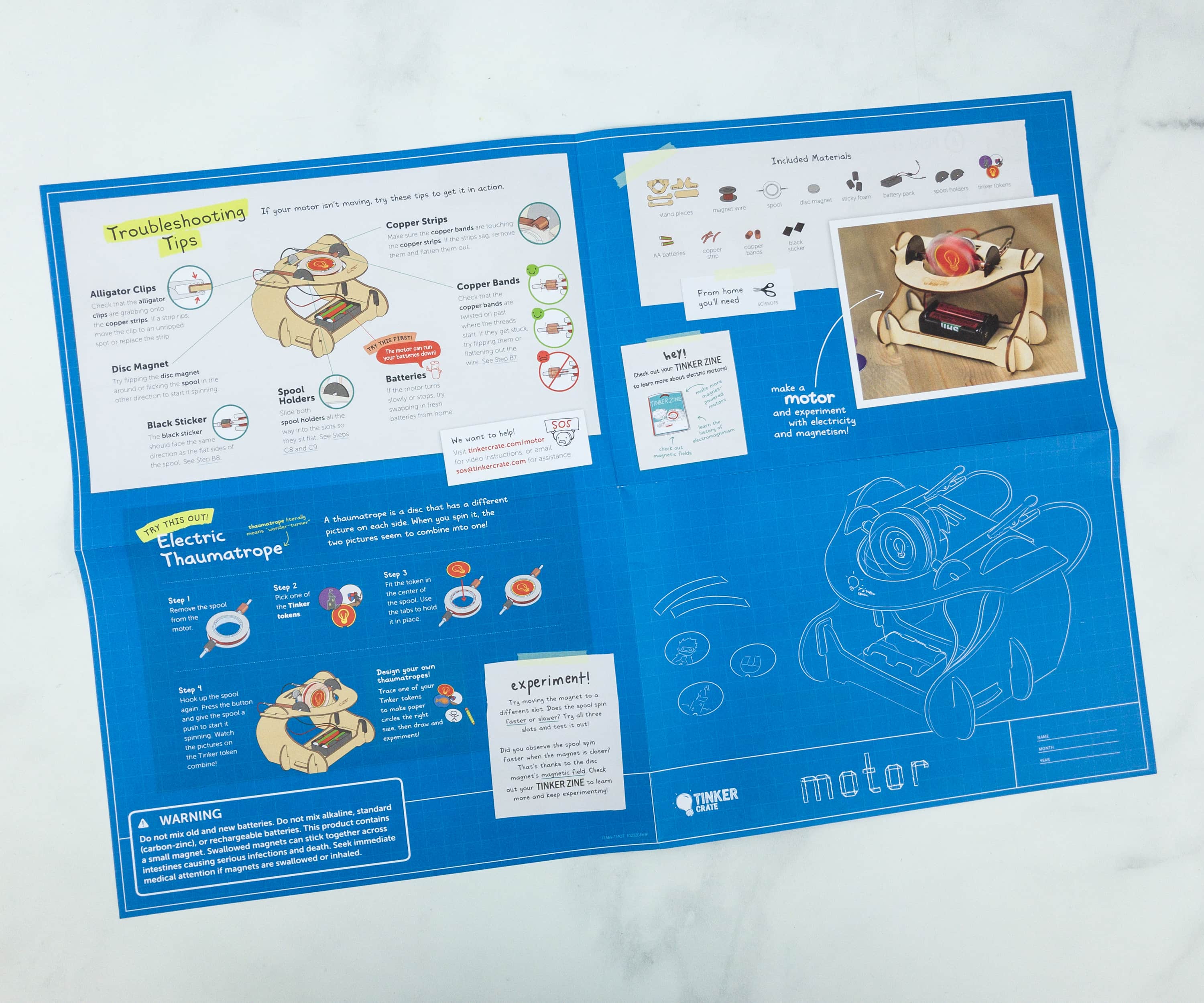


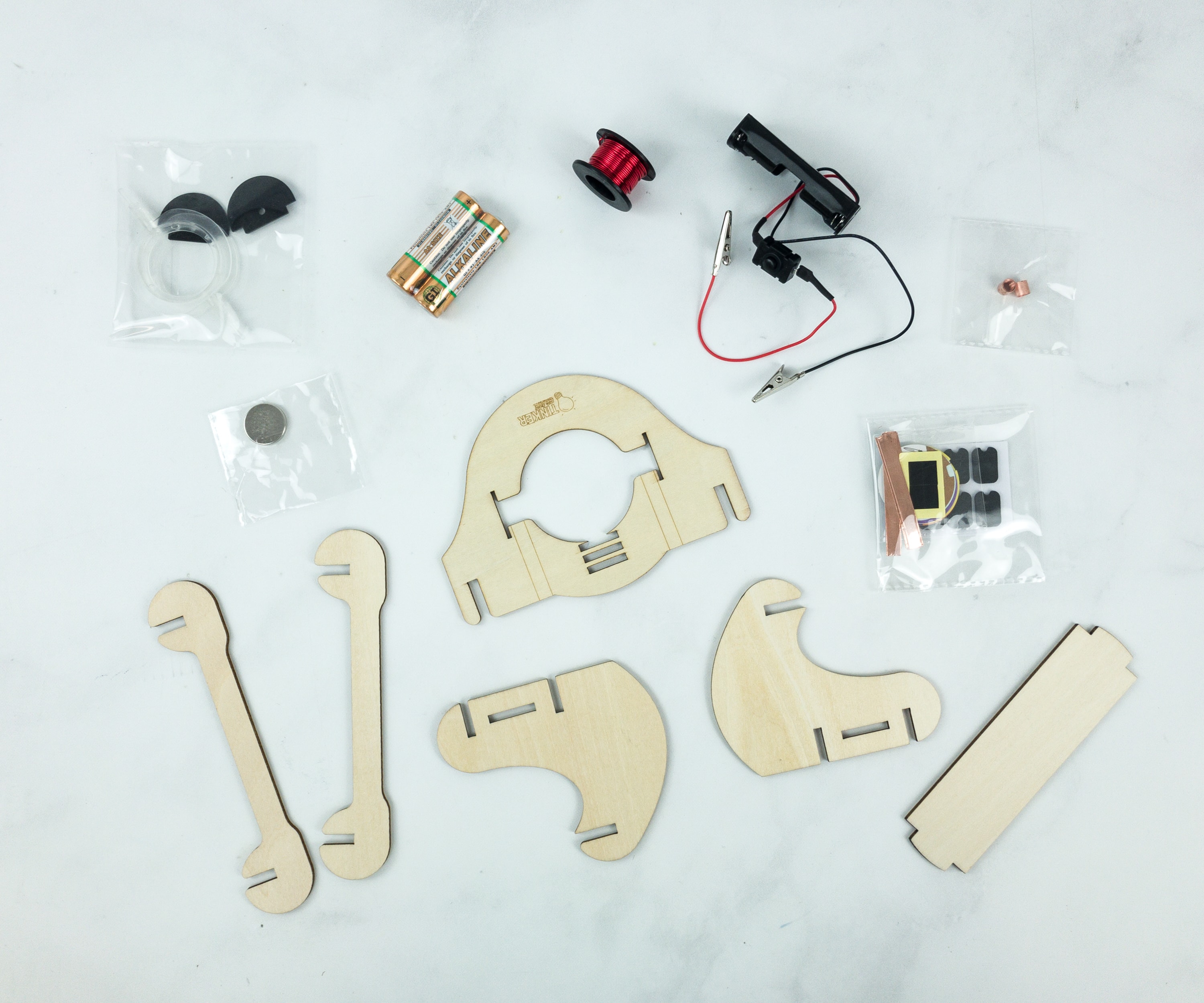
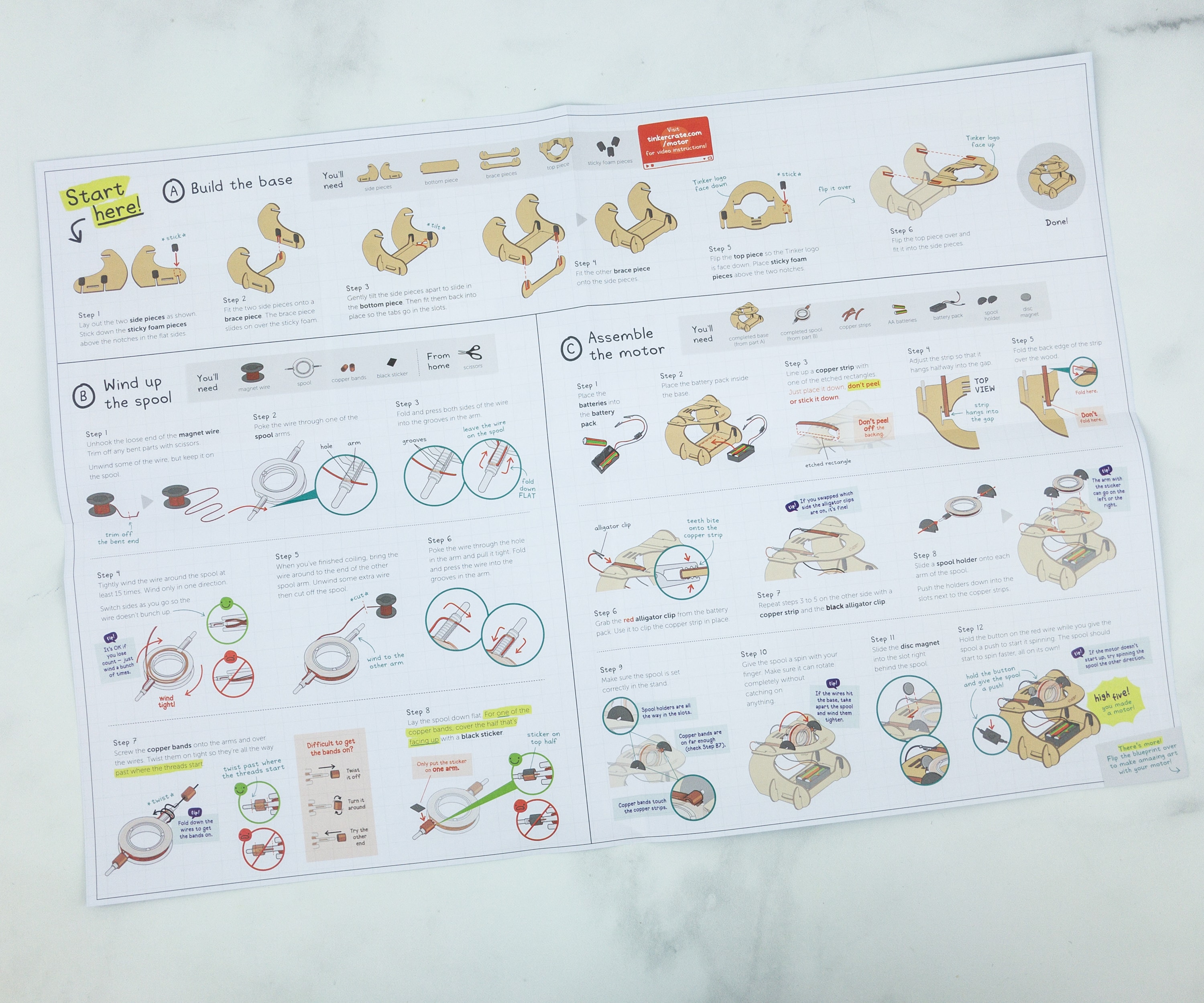
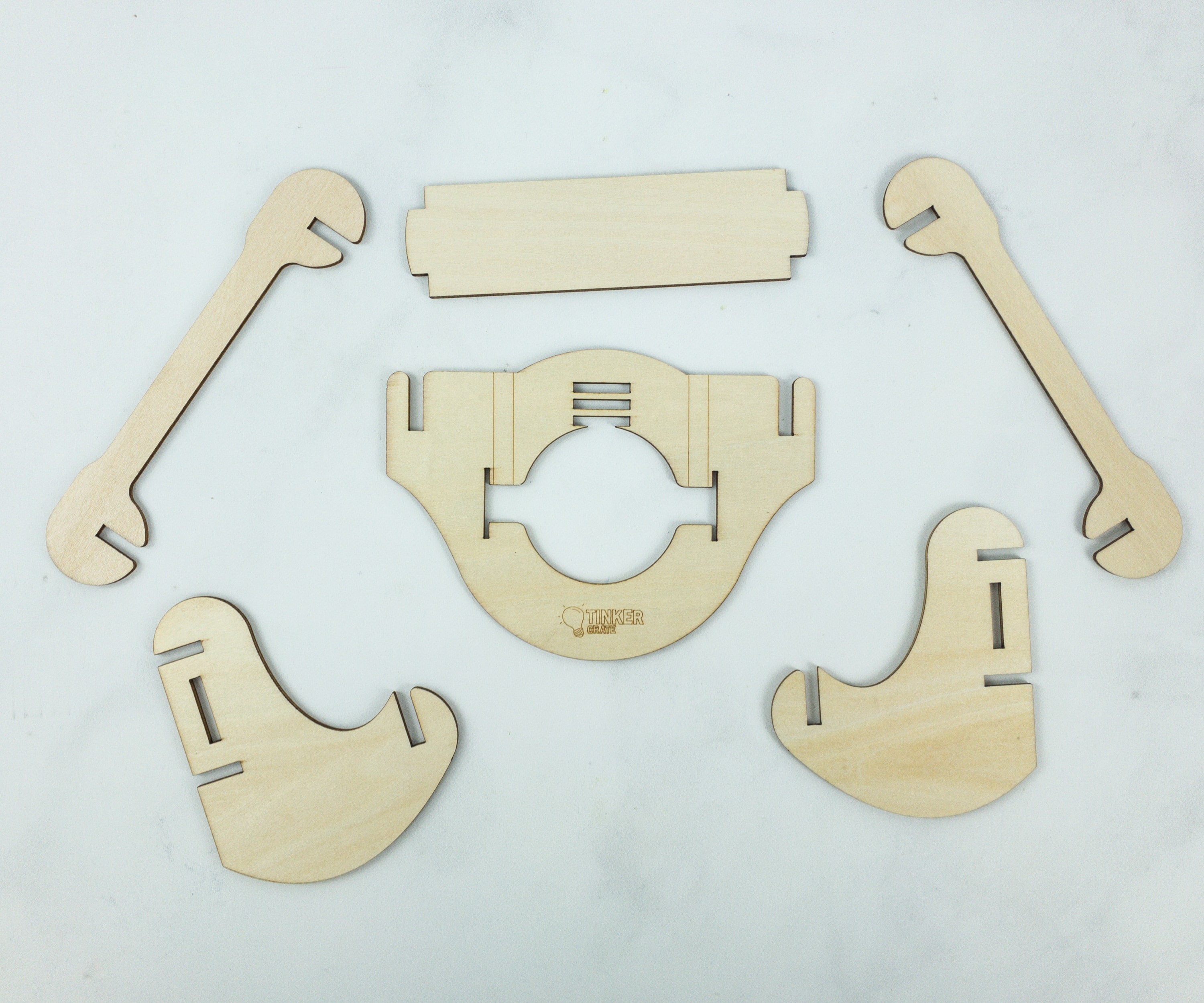
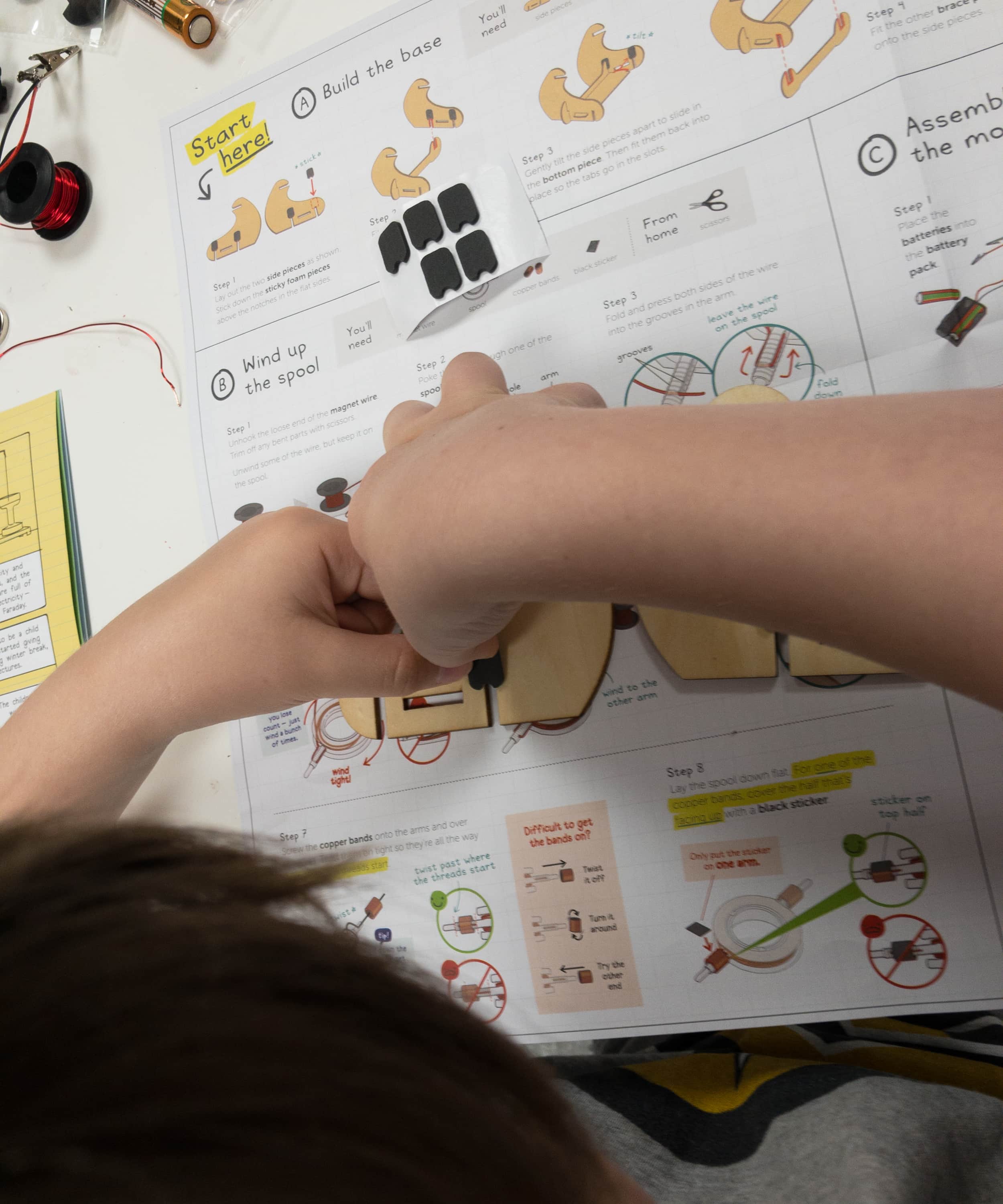


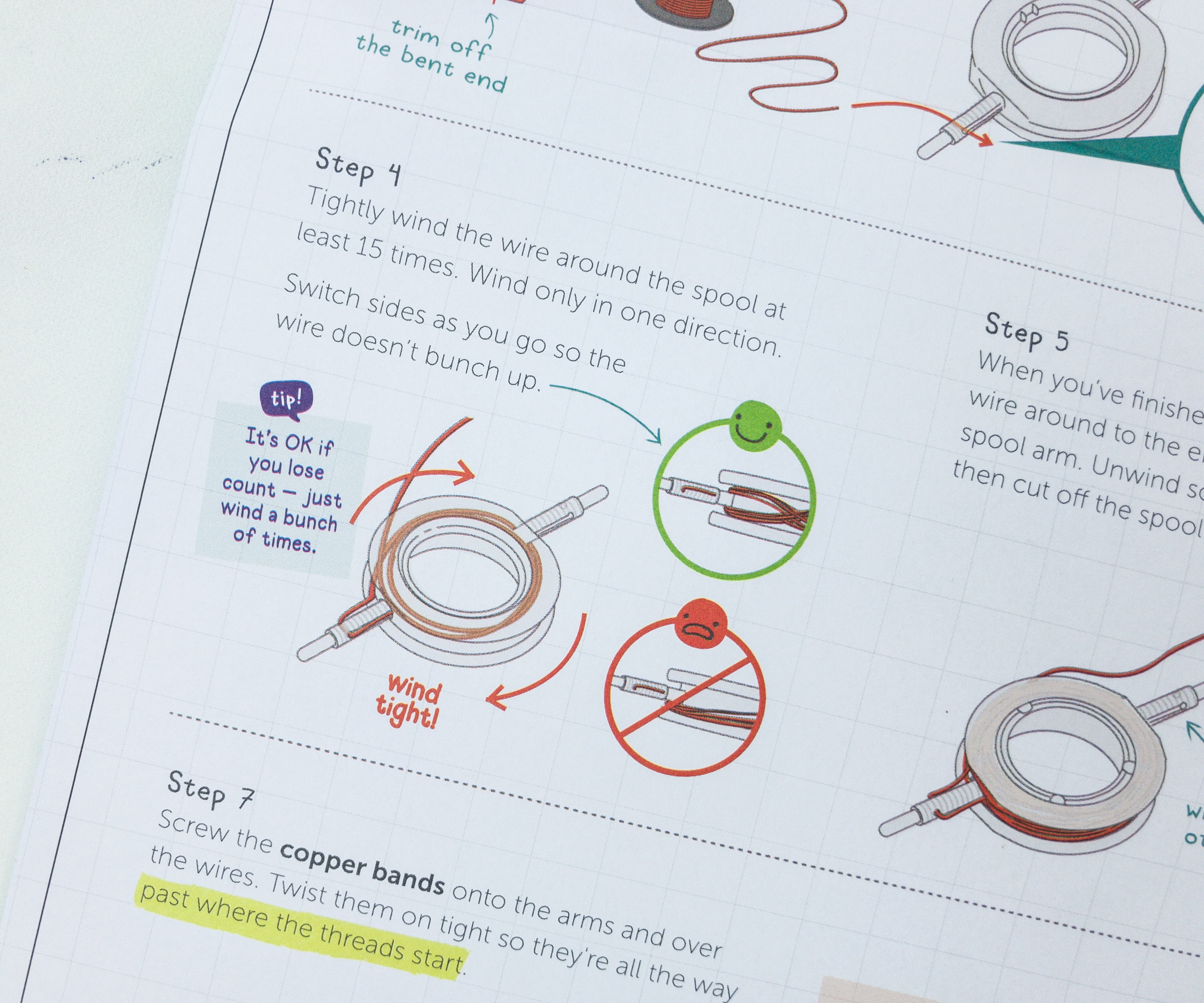
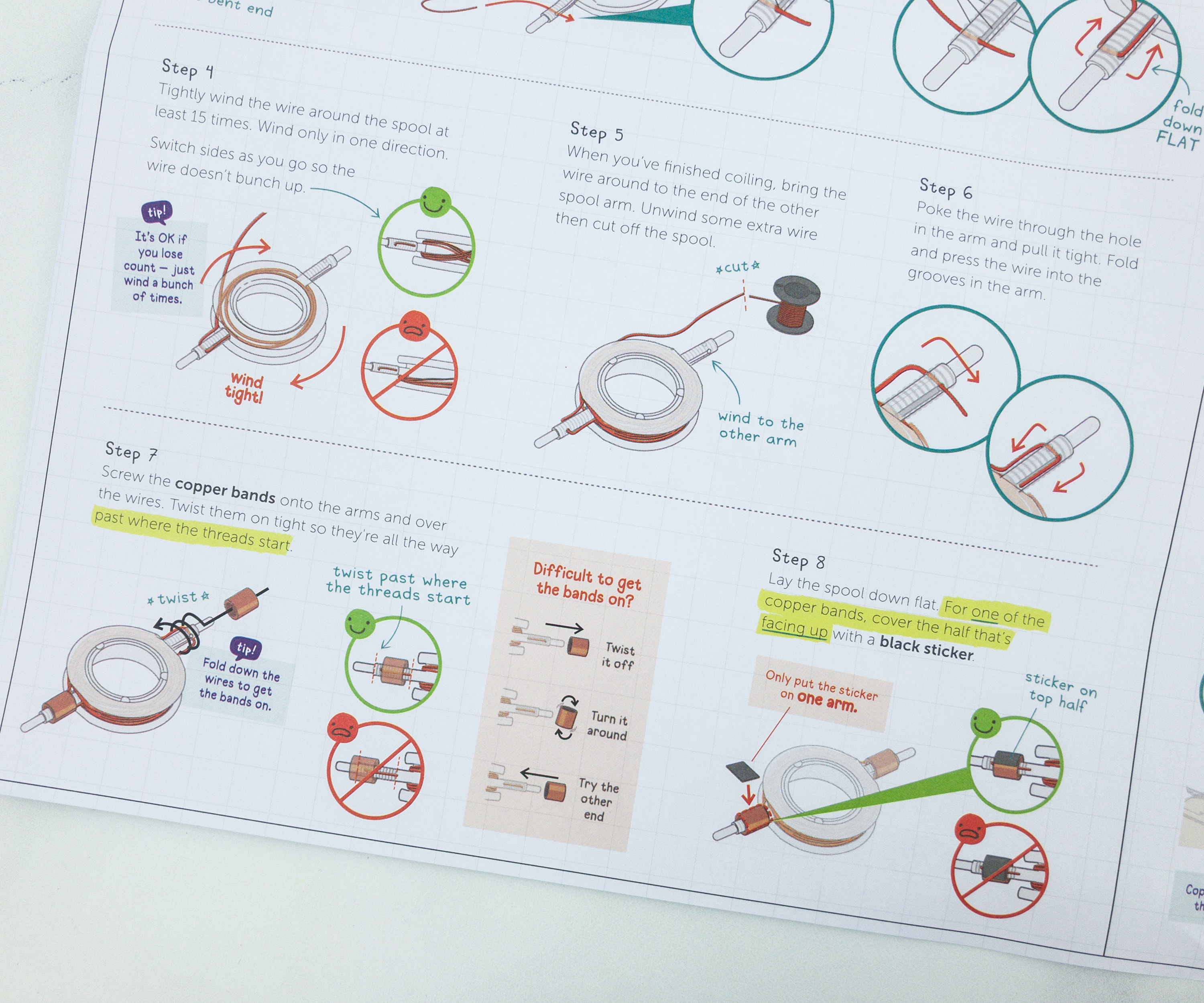
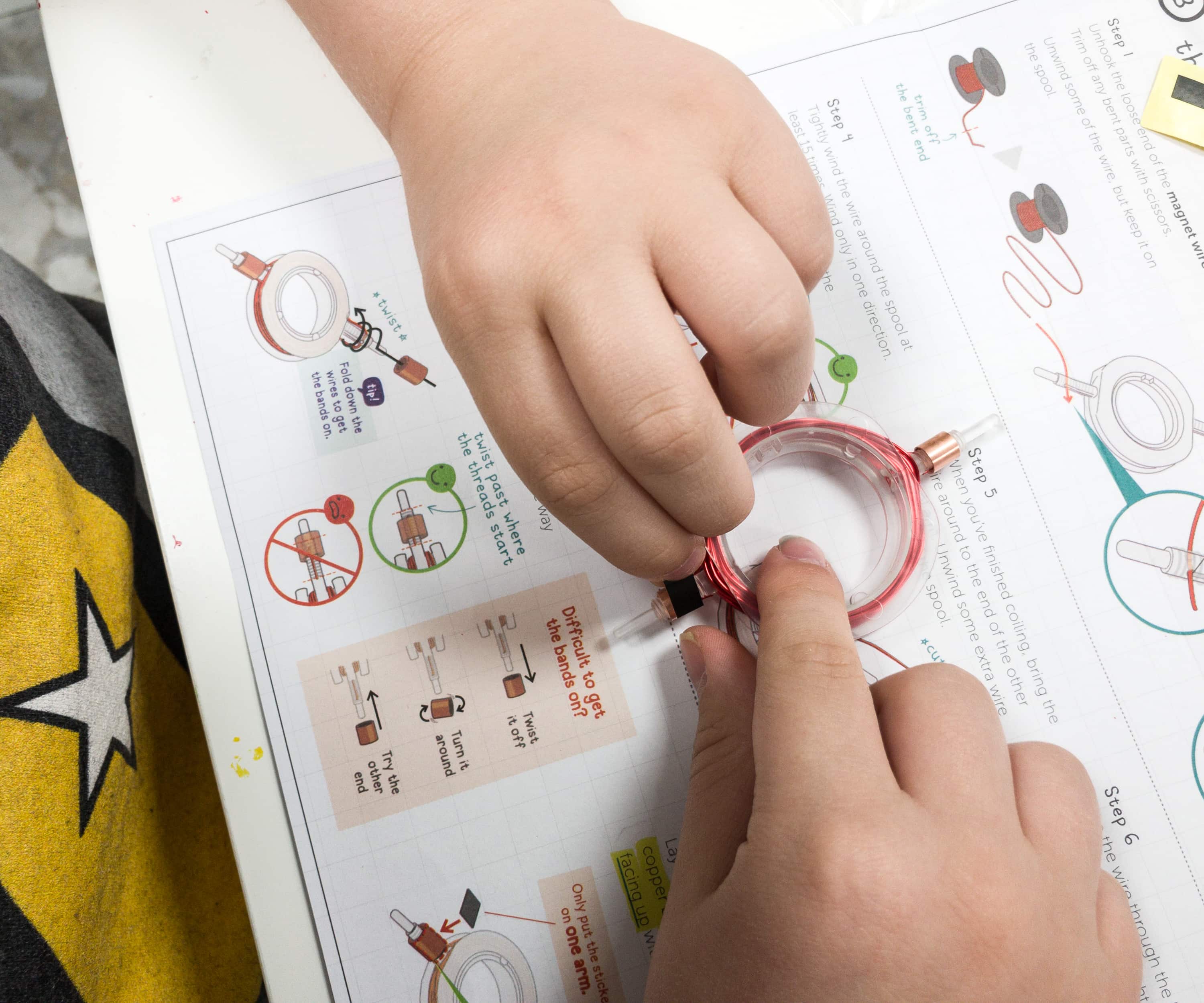
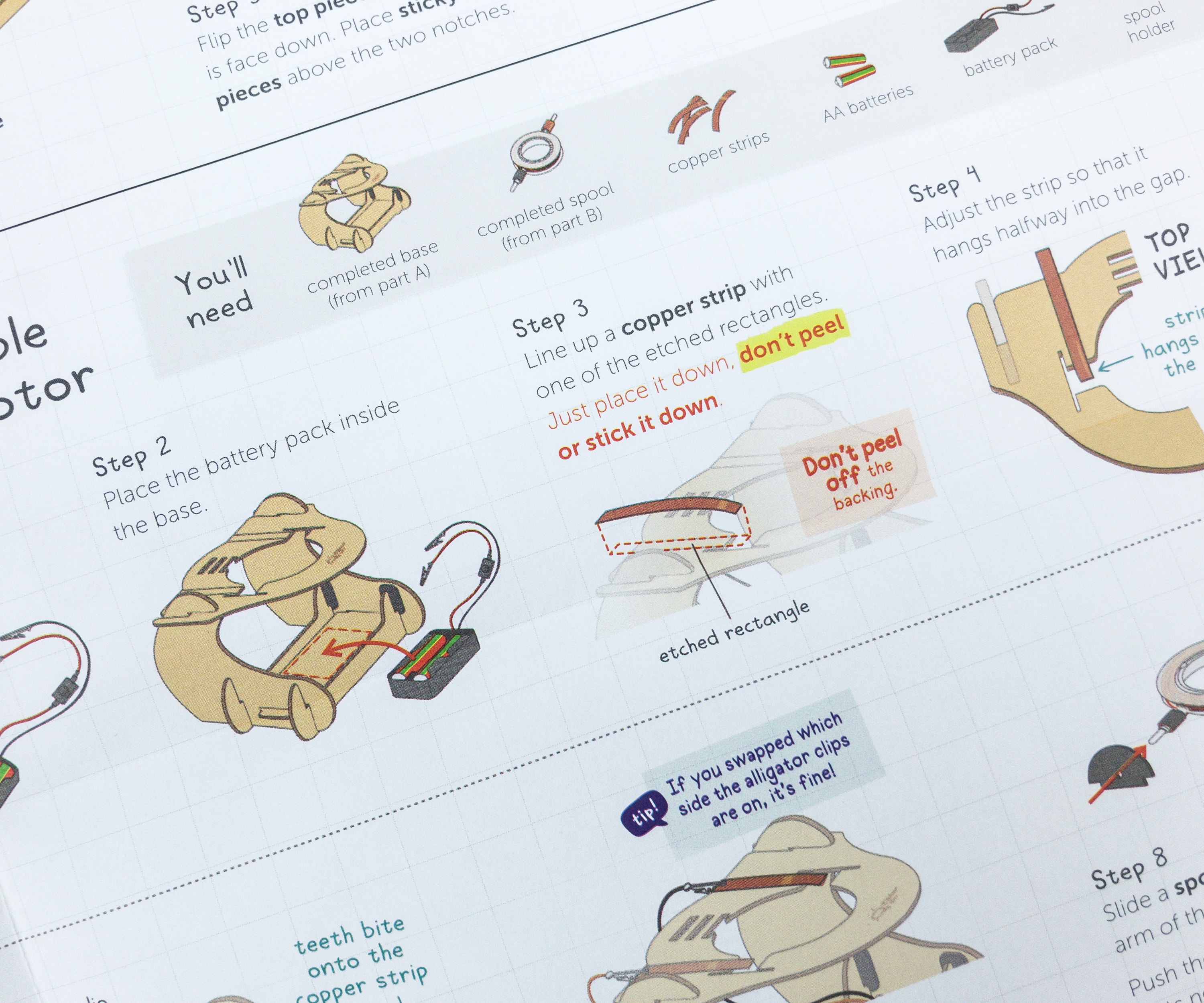

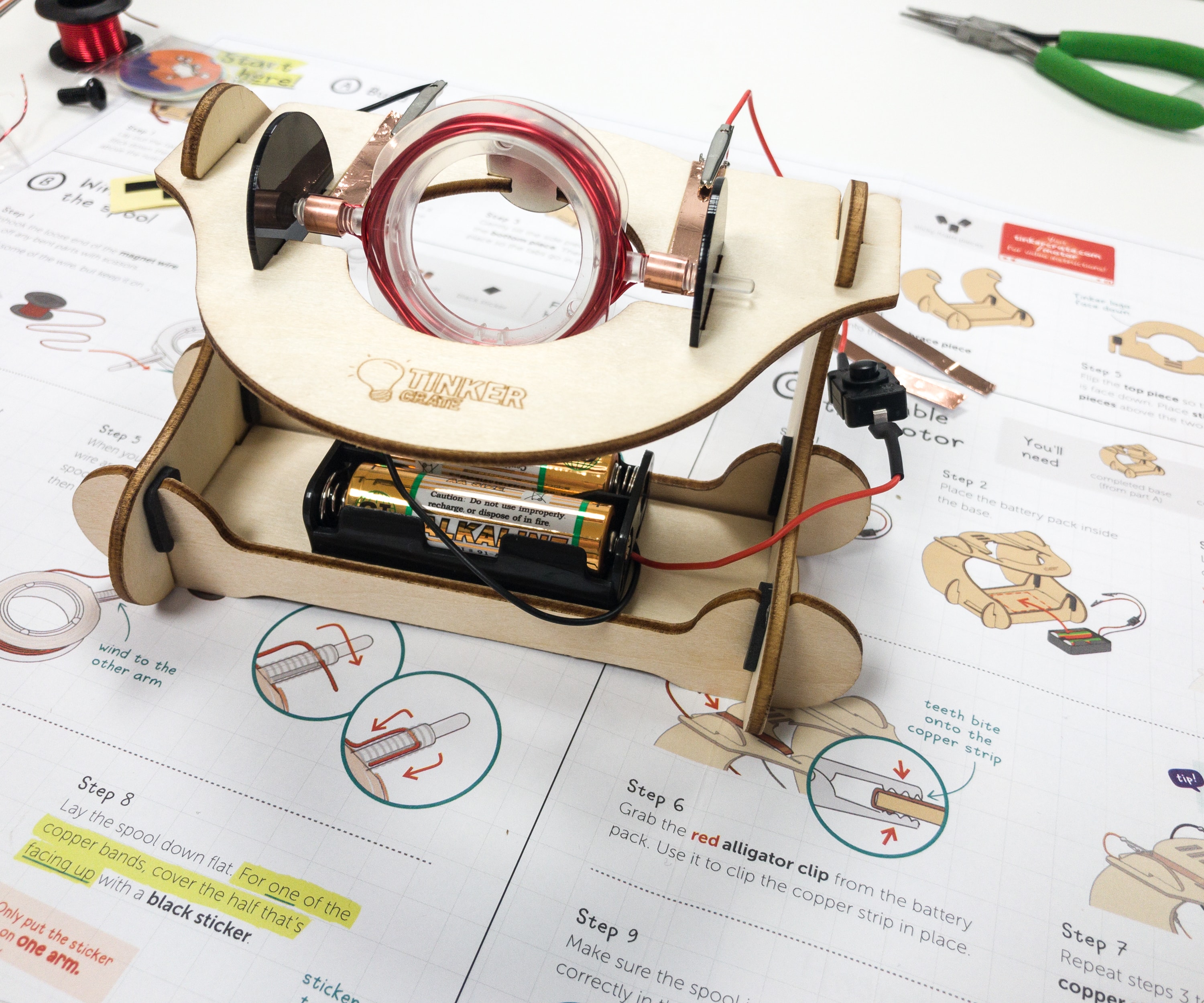
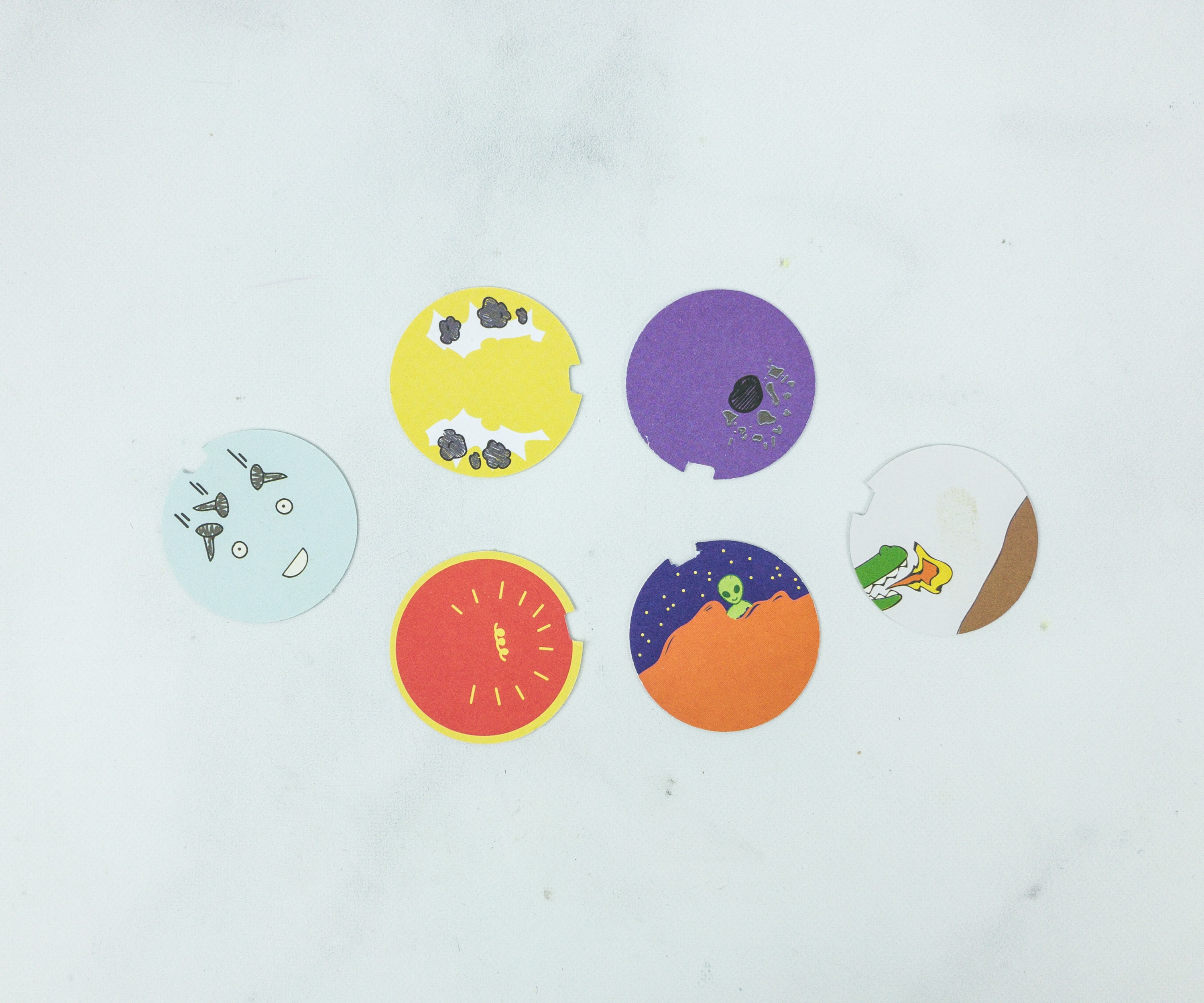
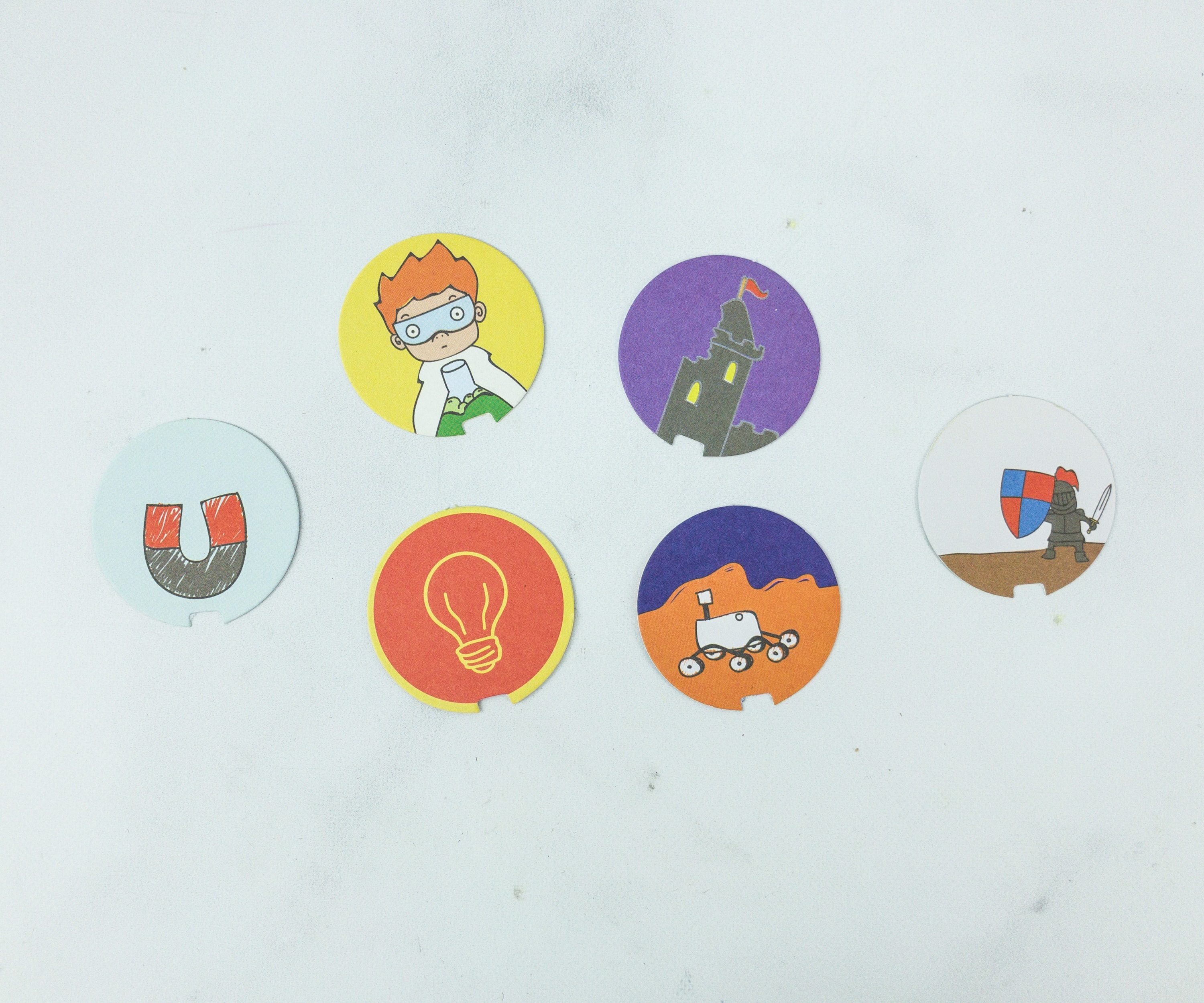
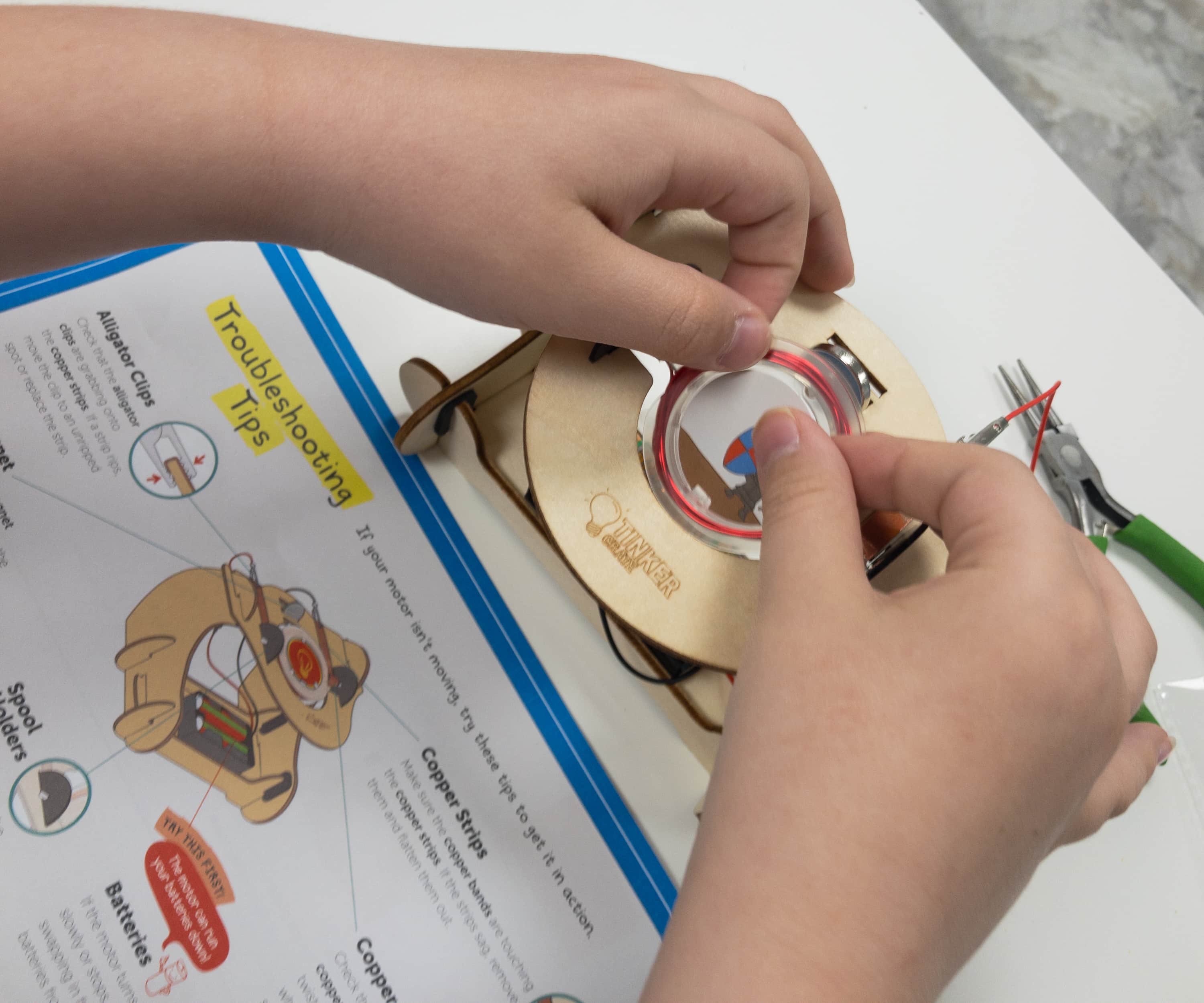
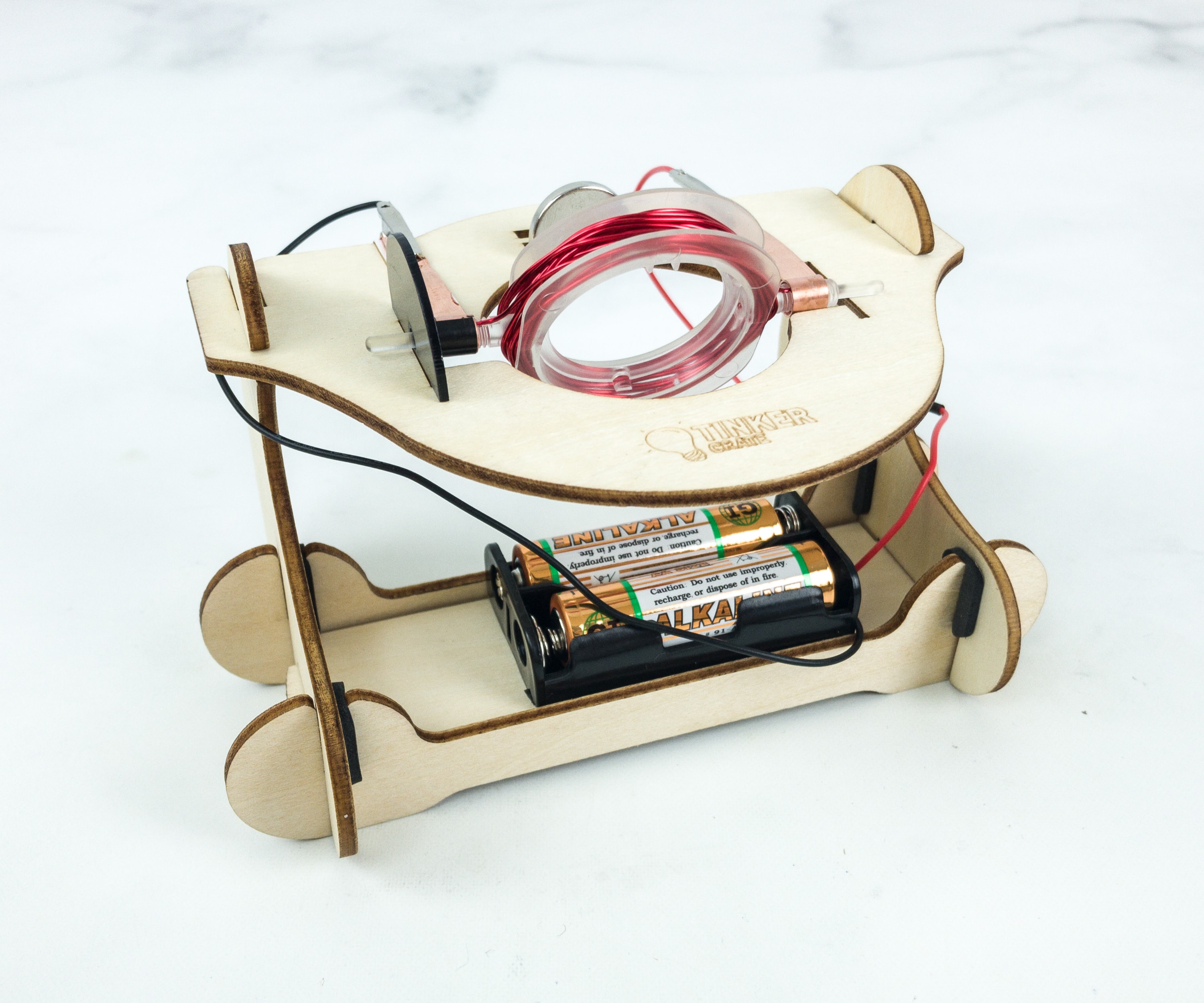
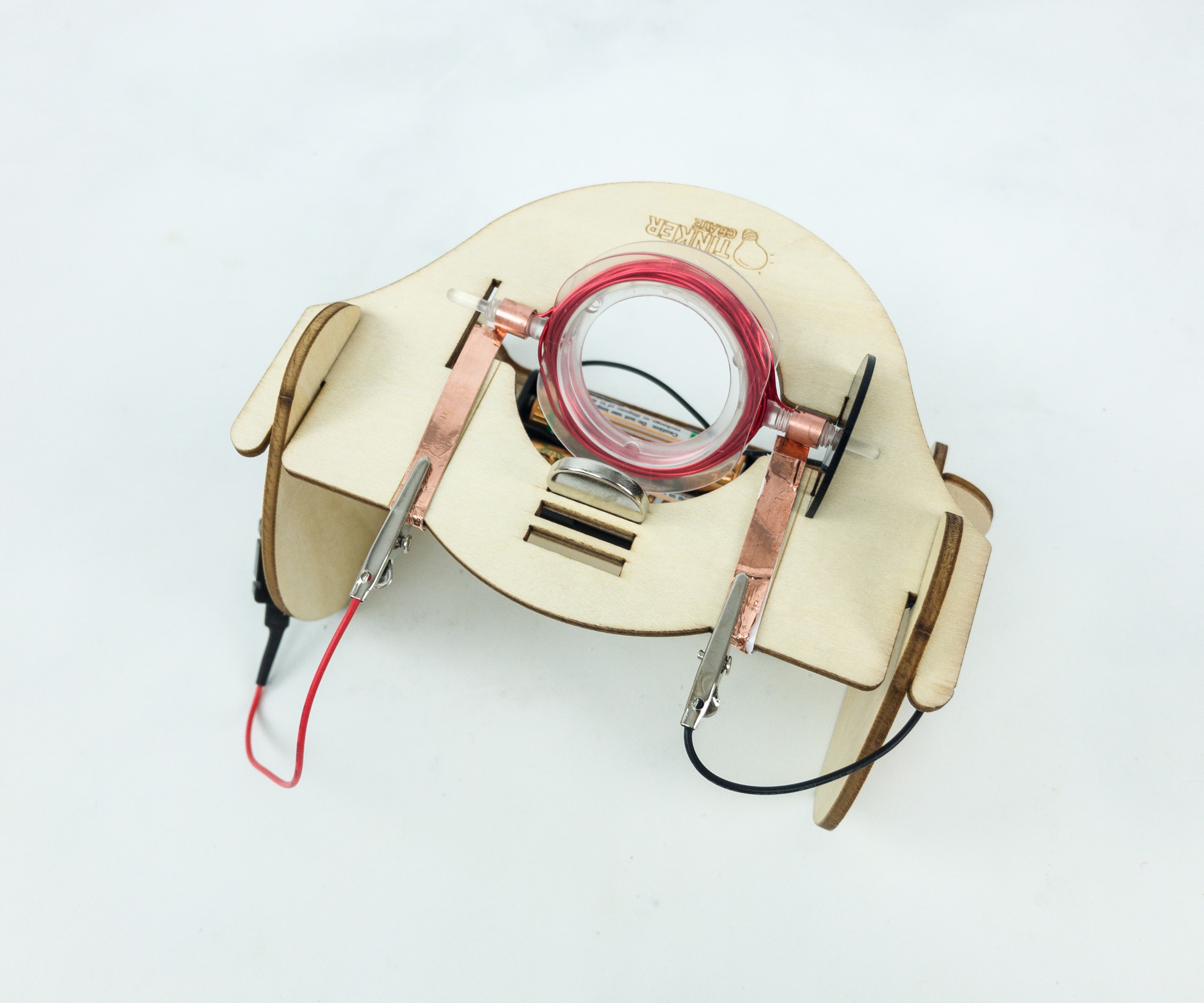


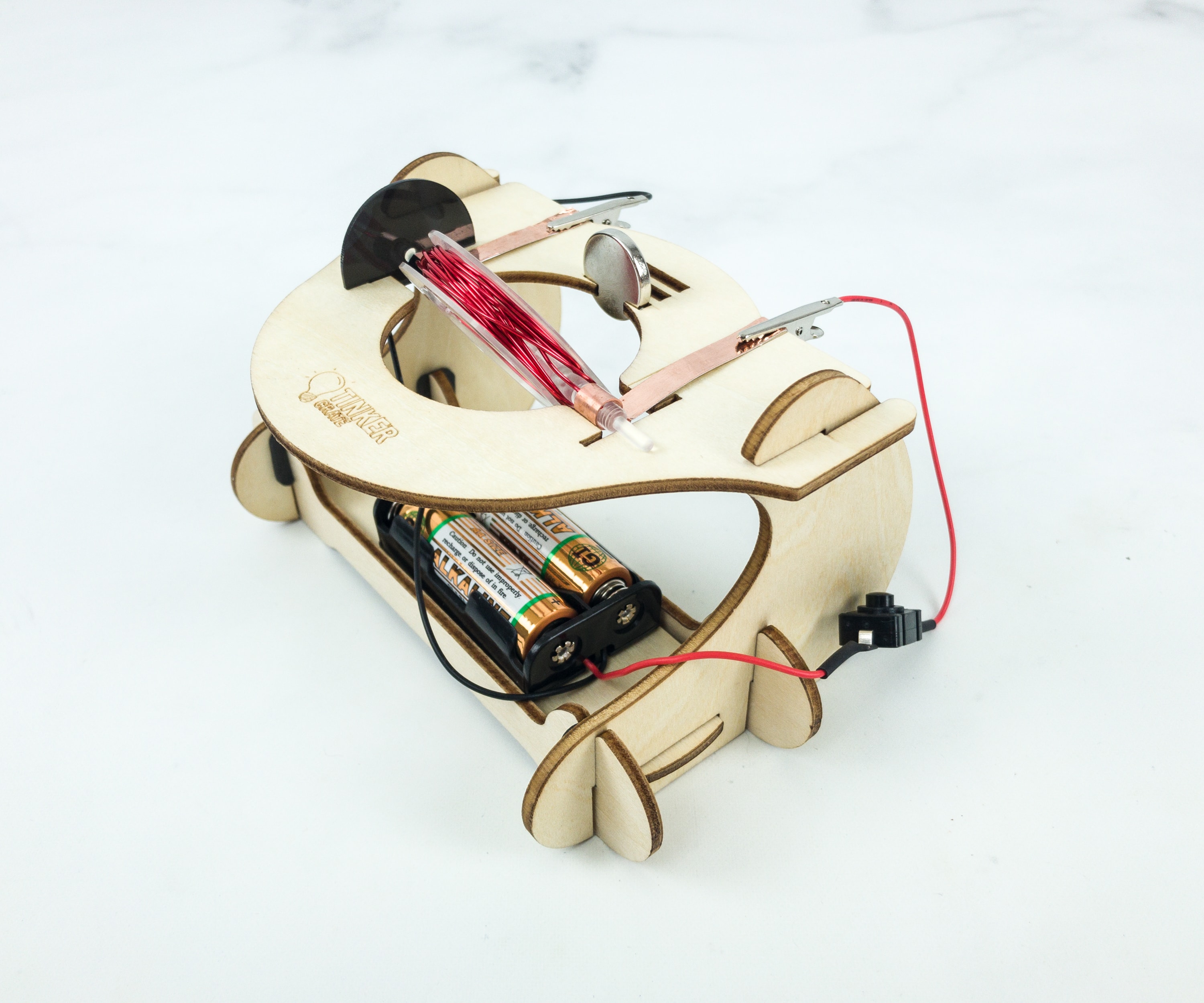

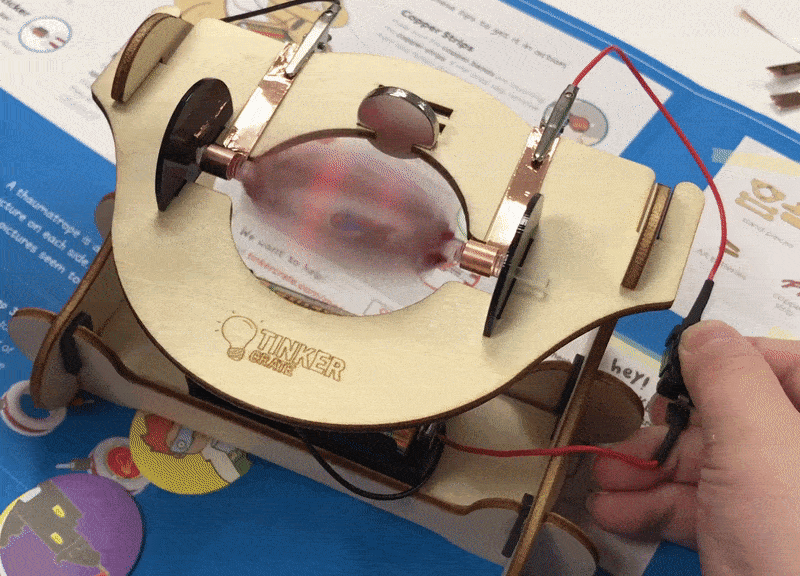
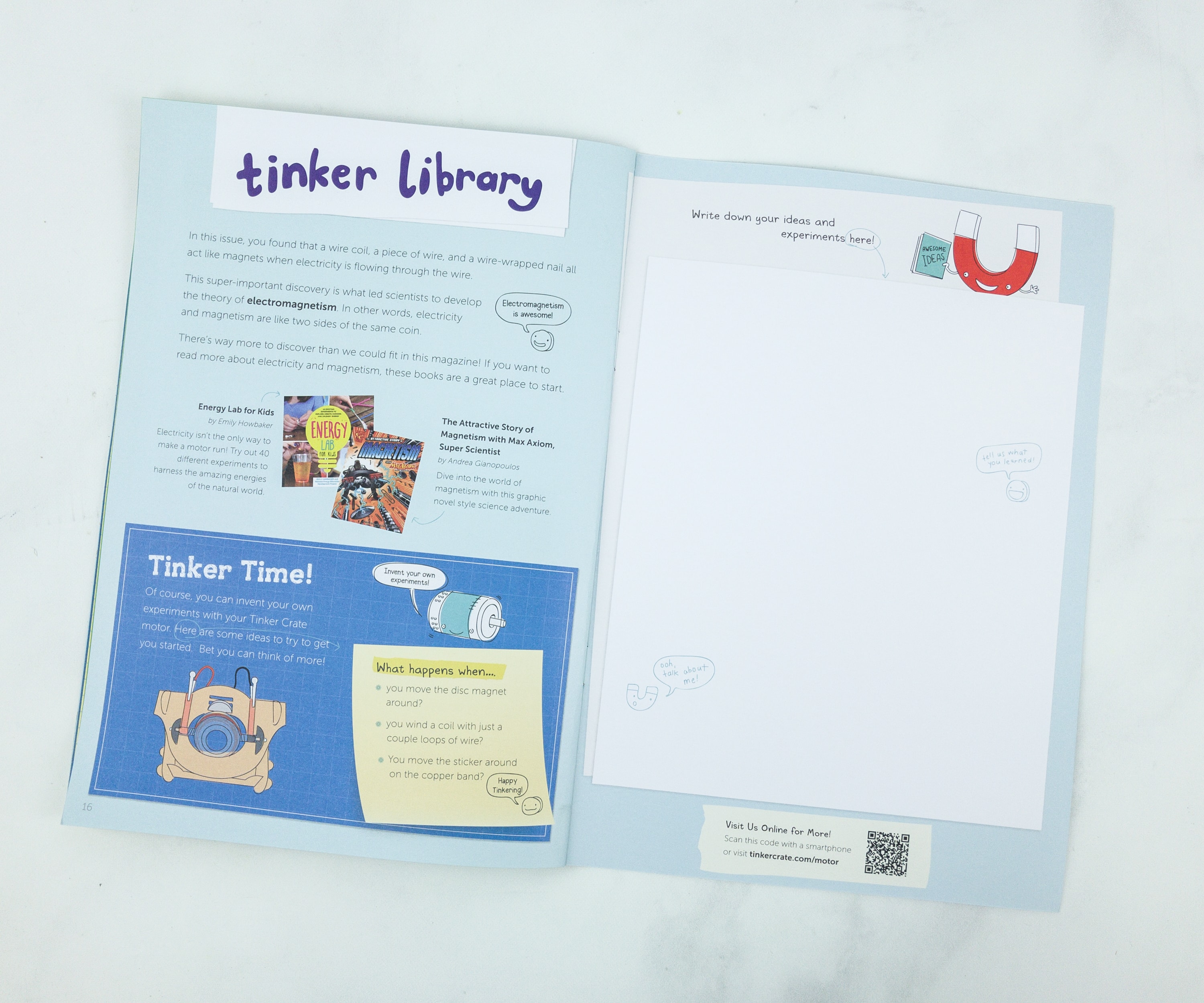




Comments